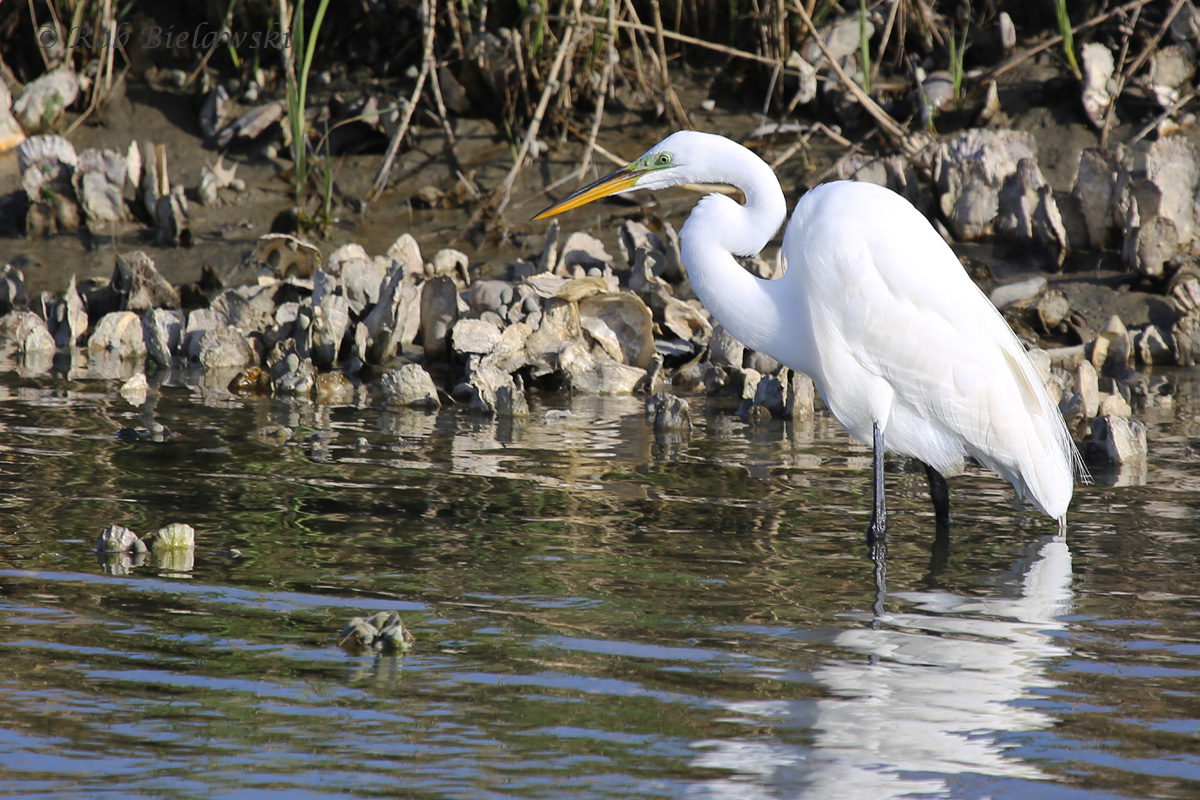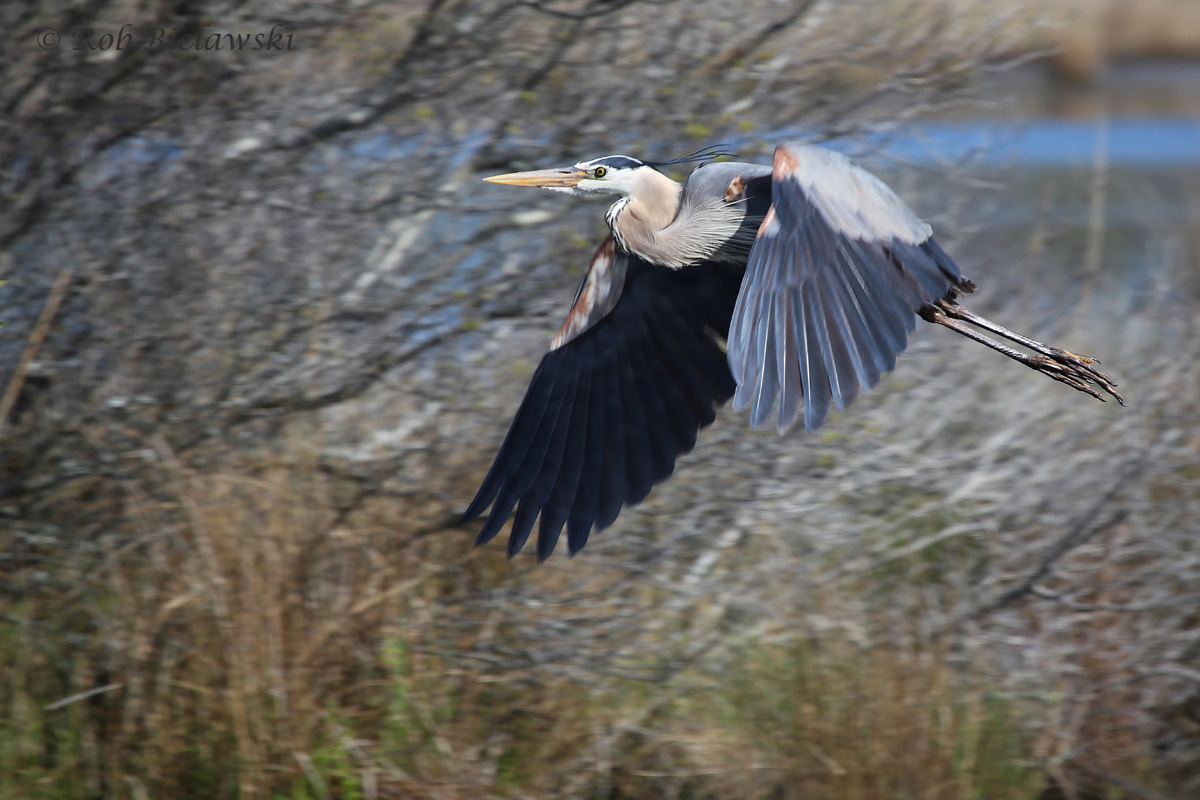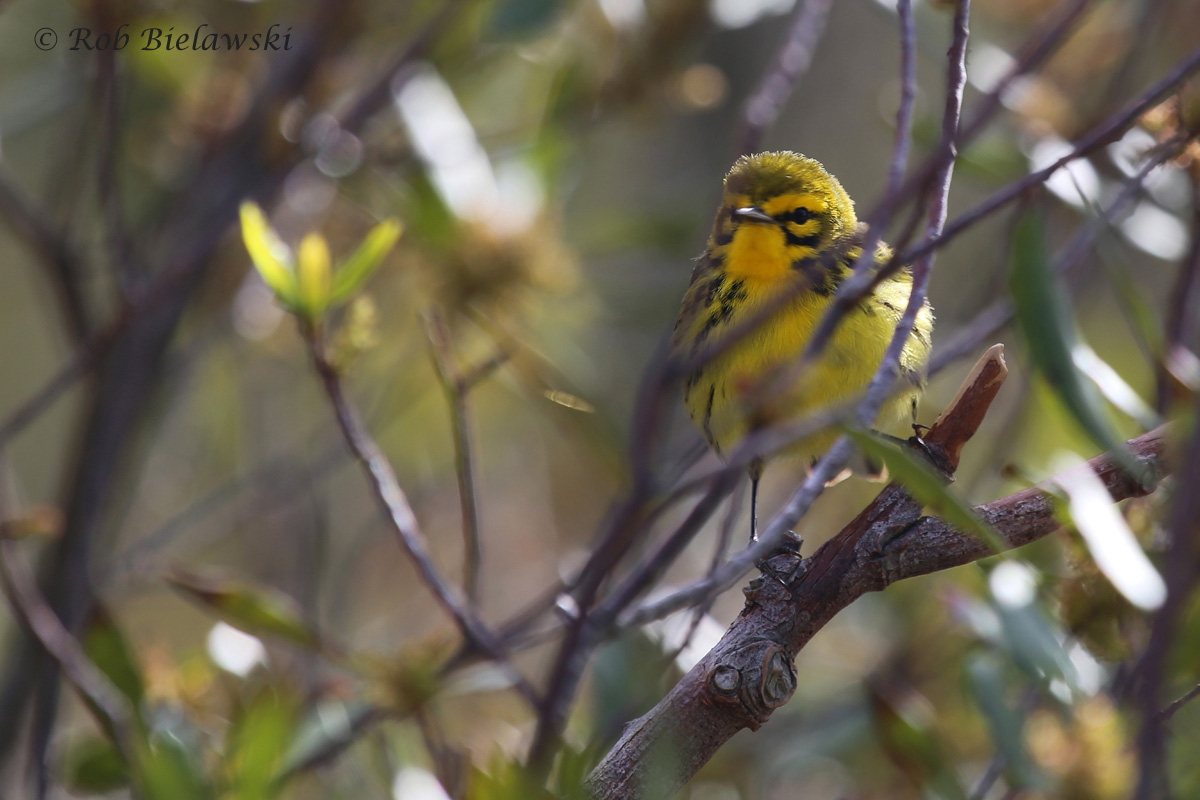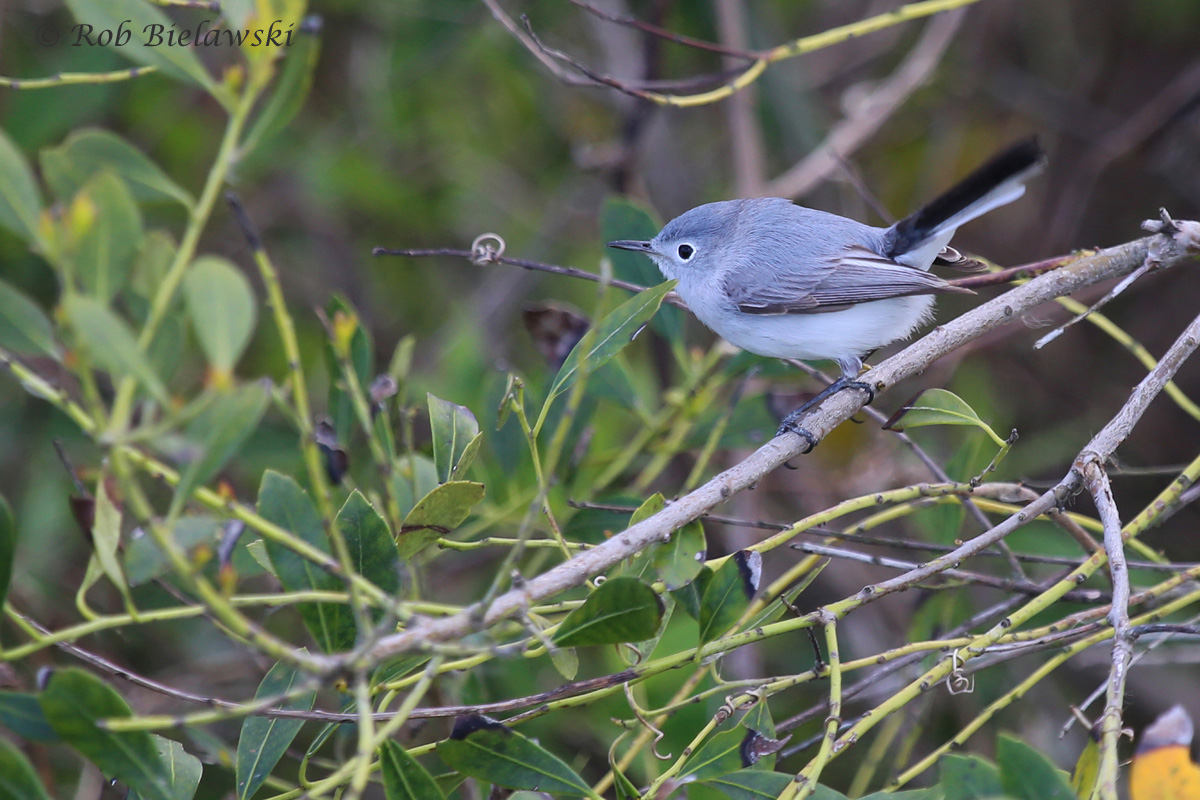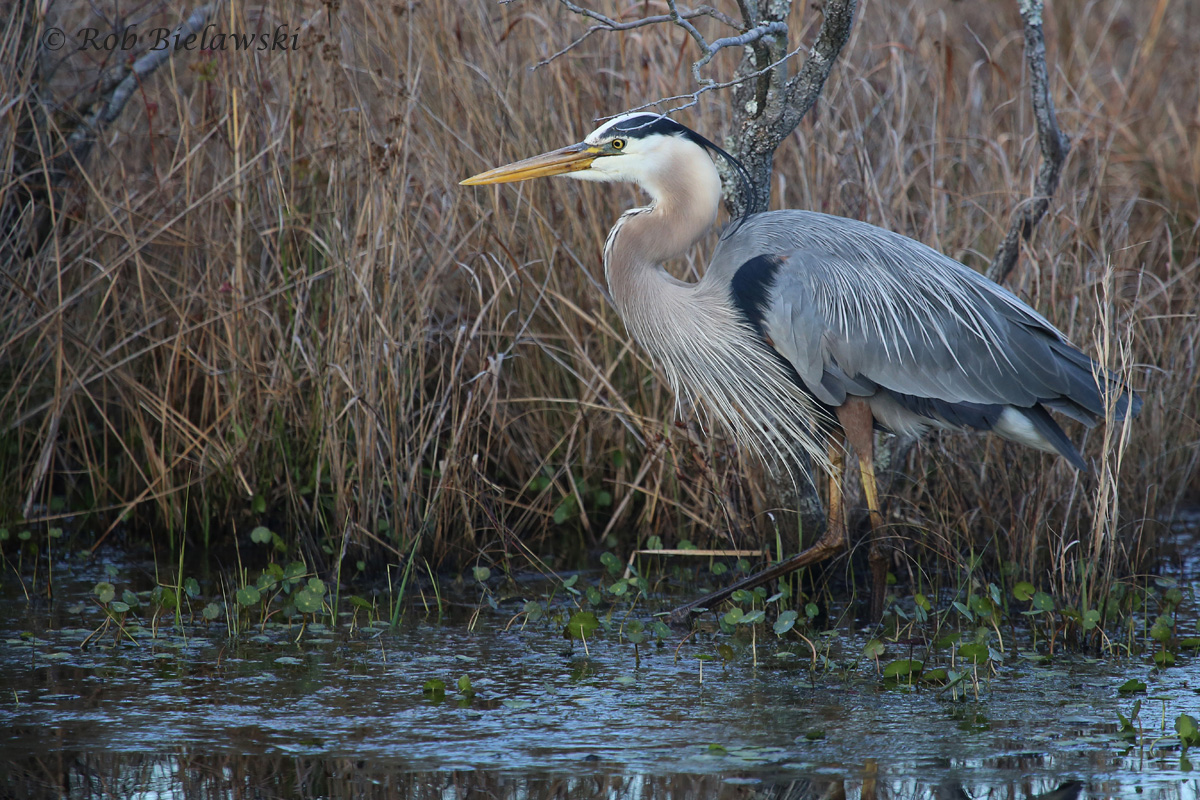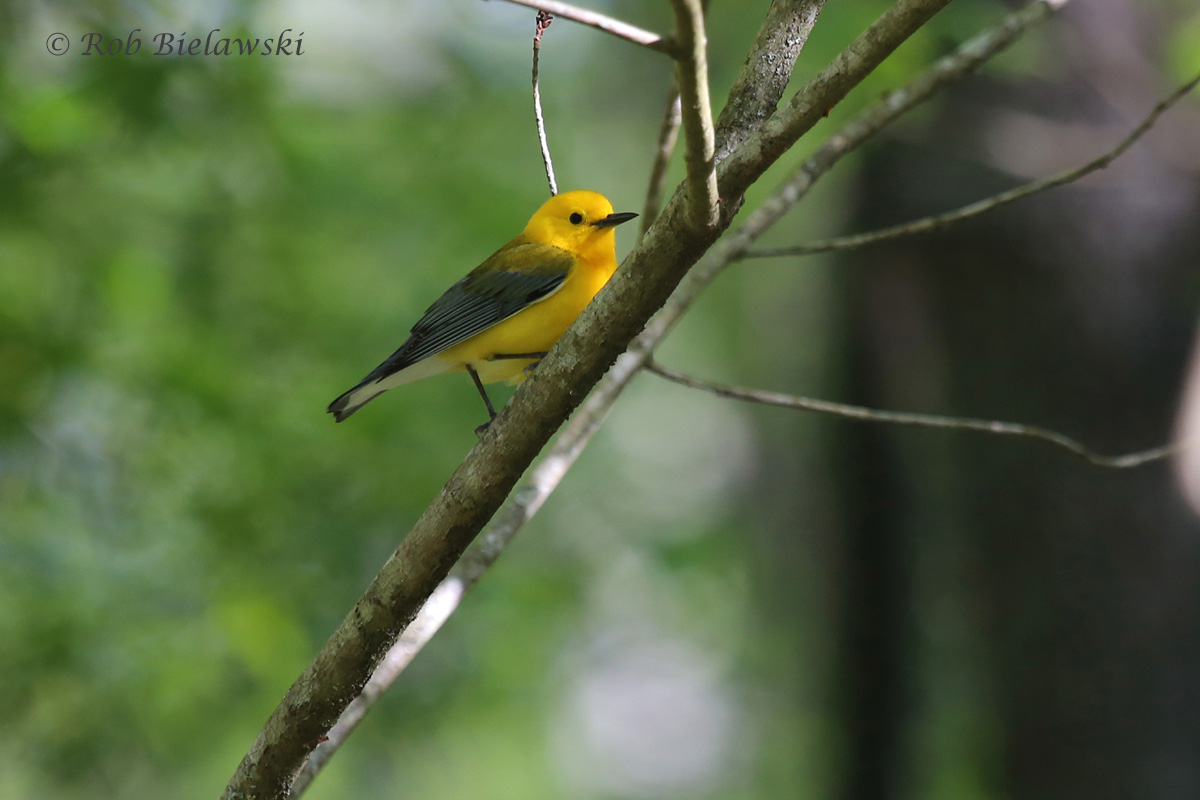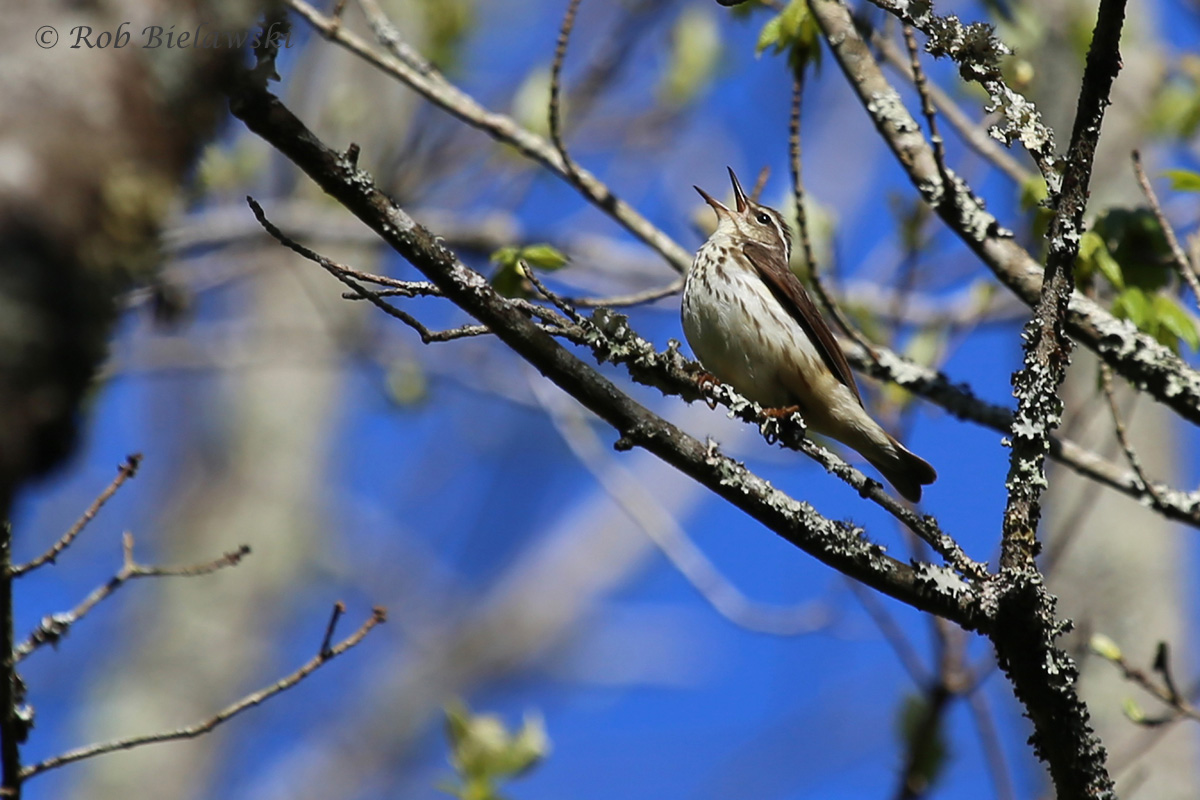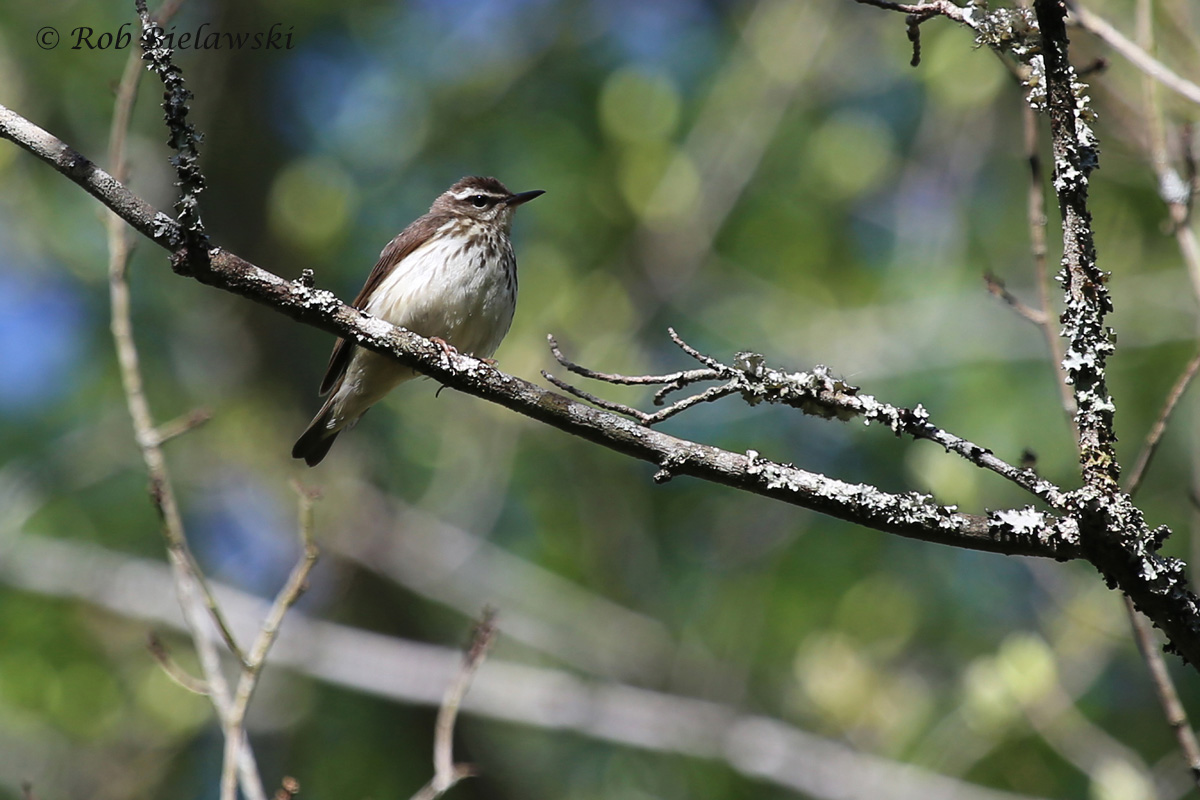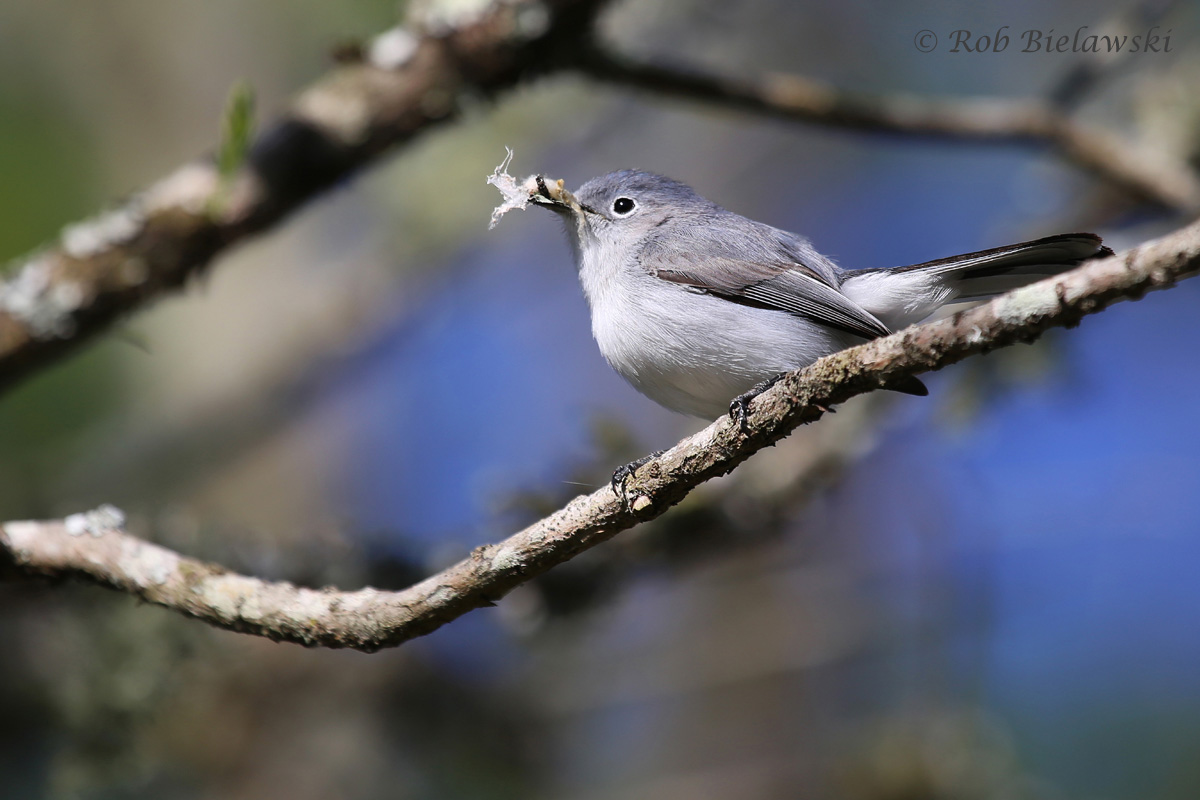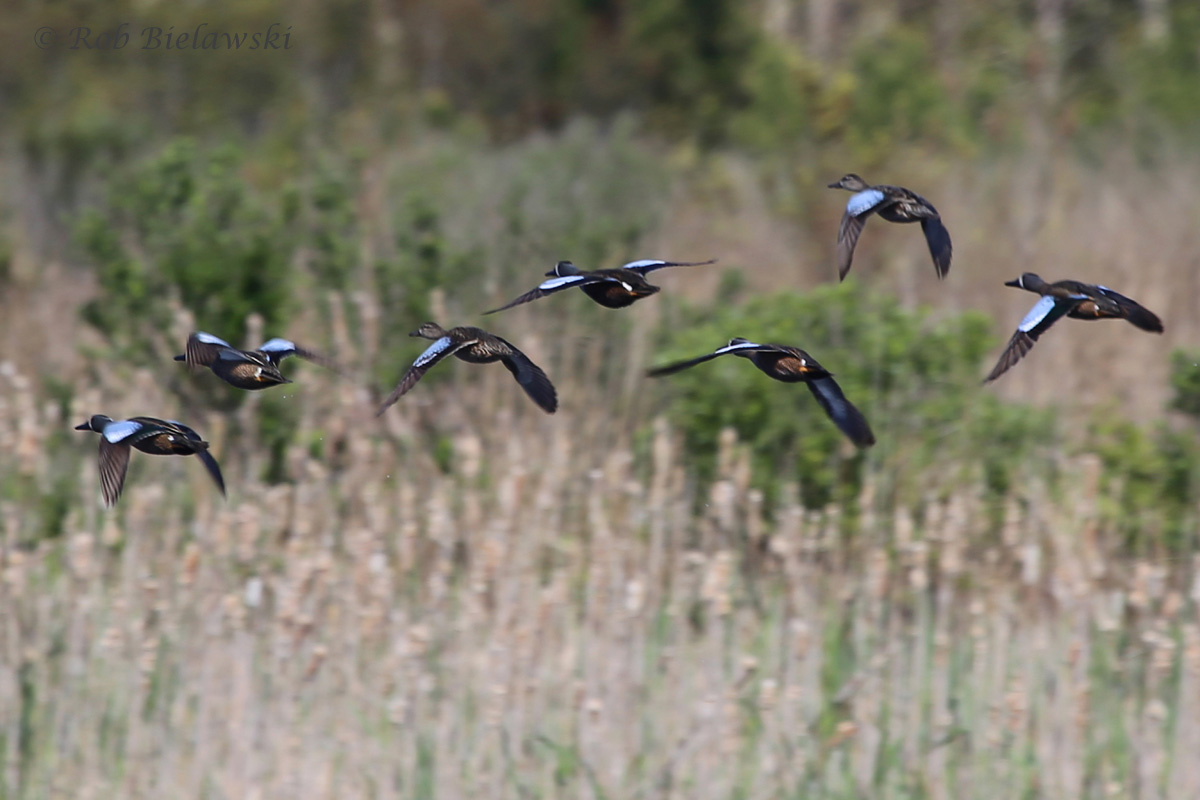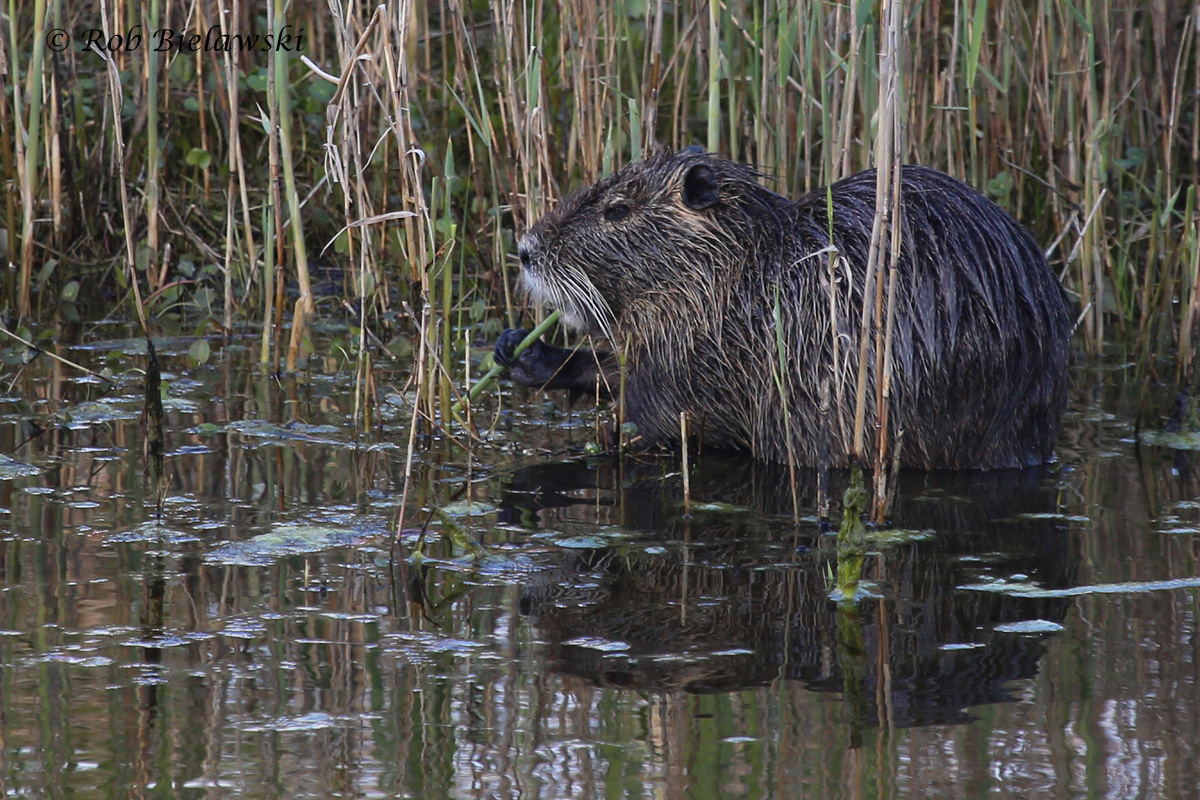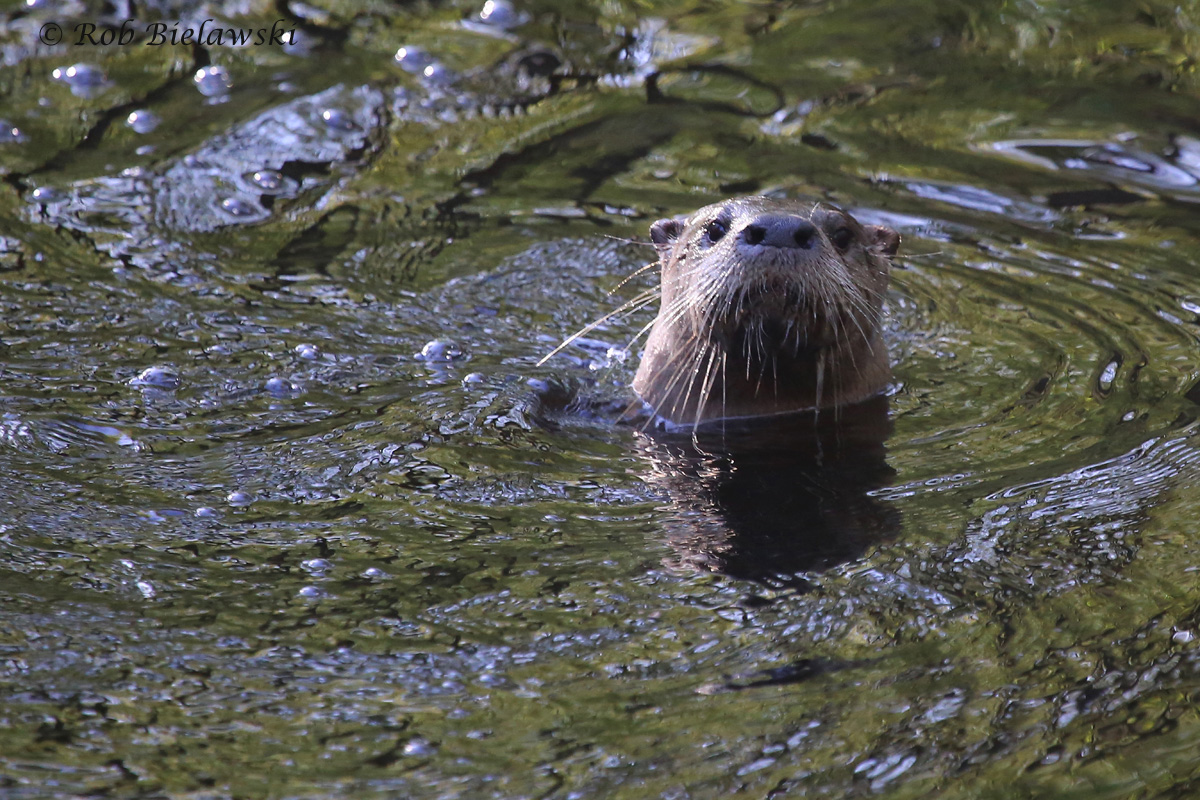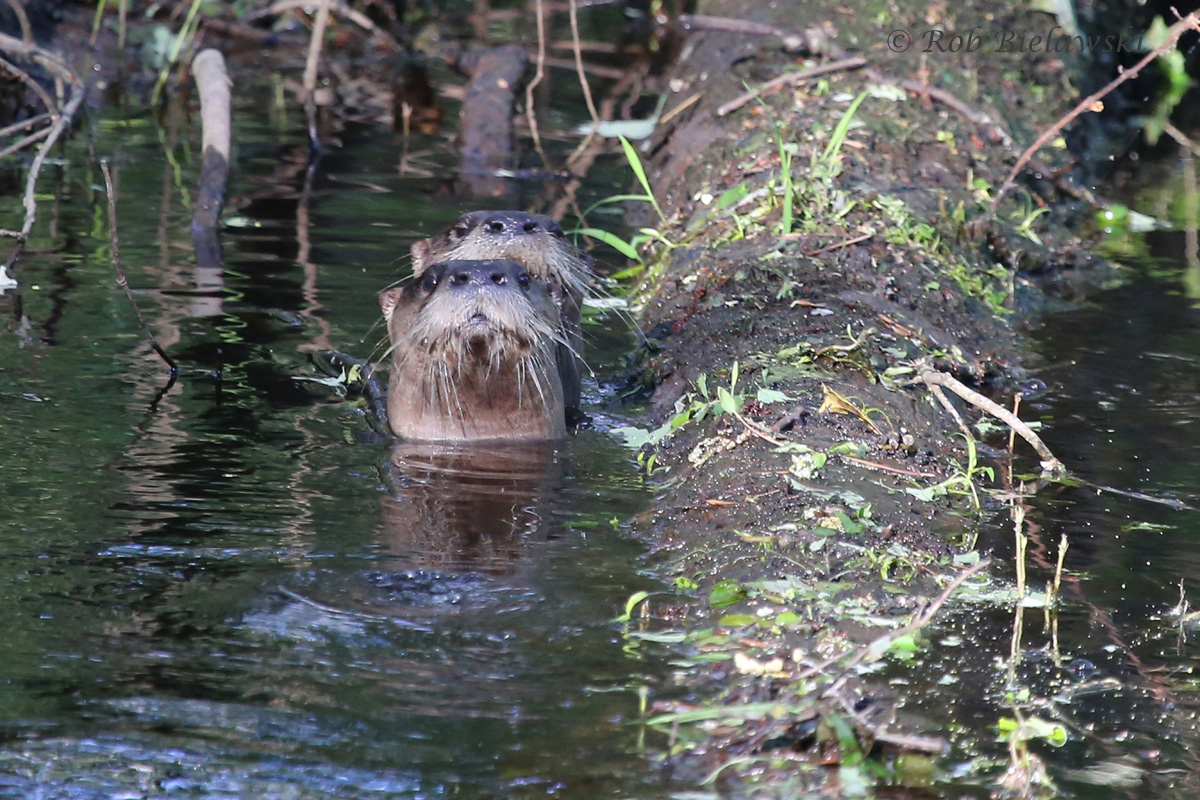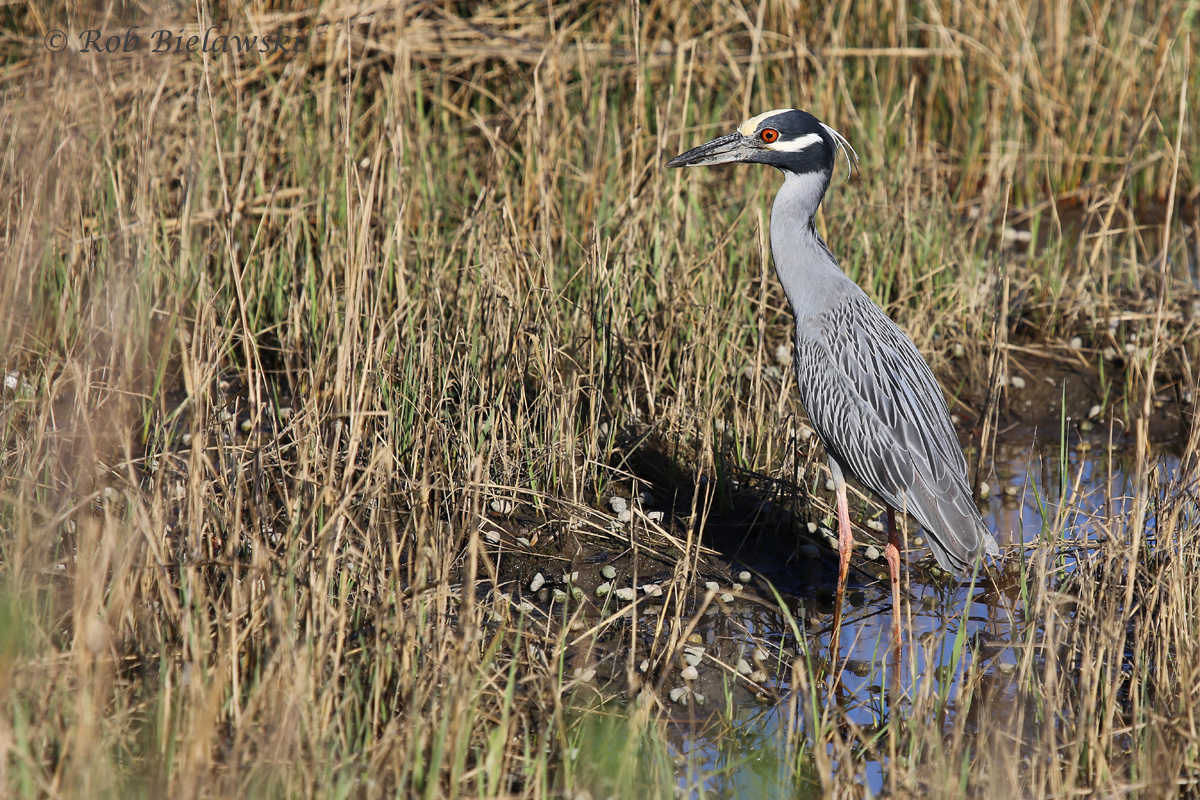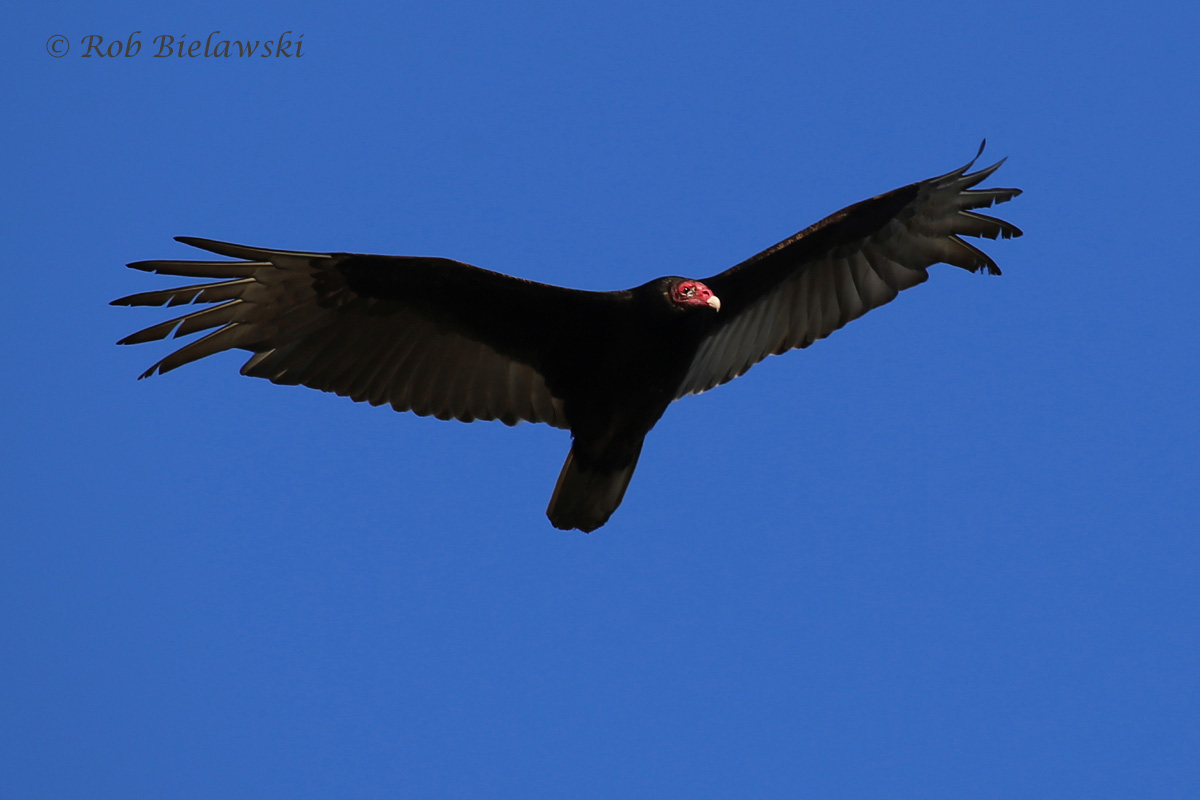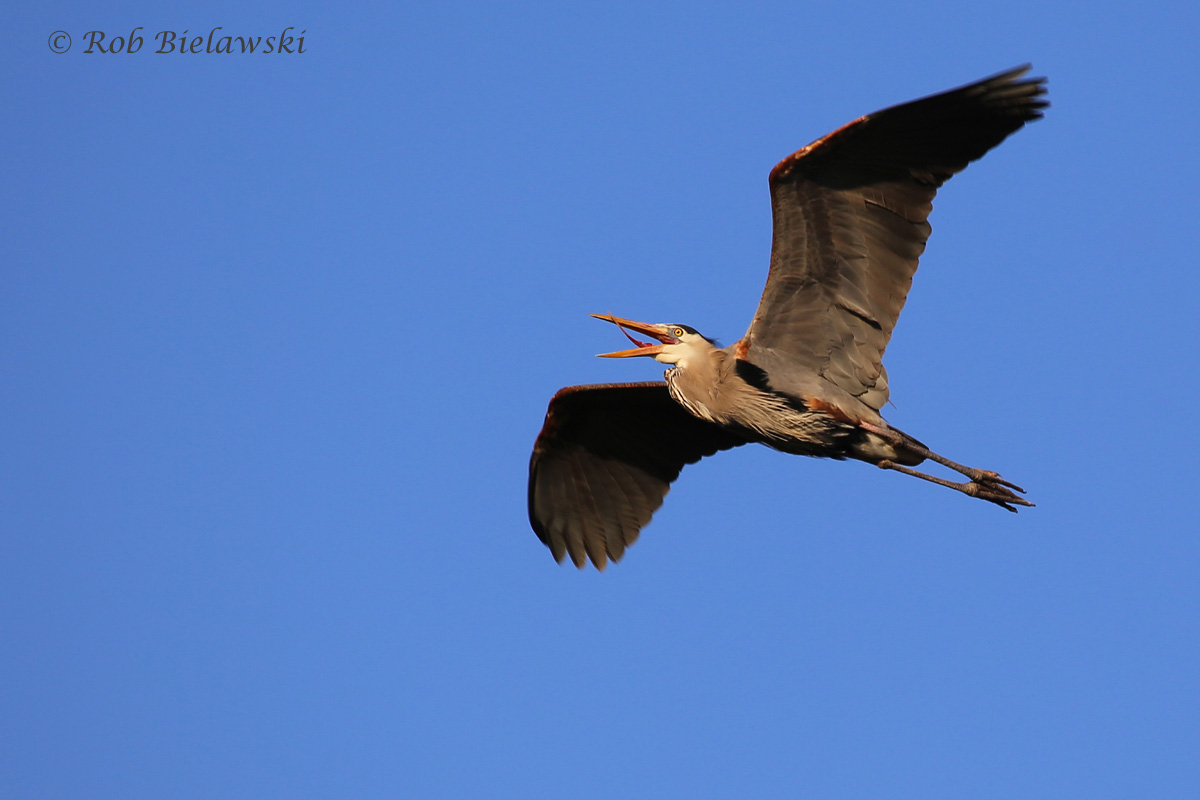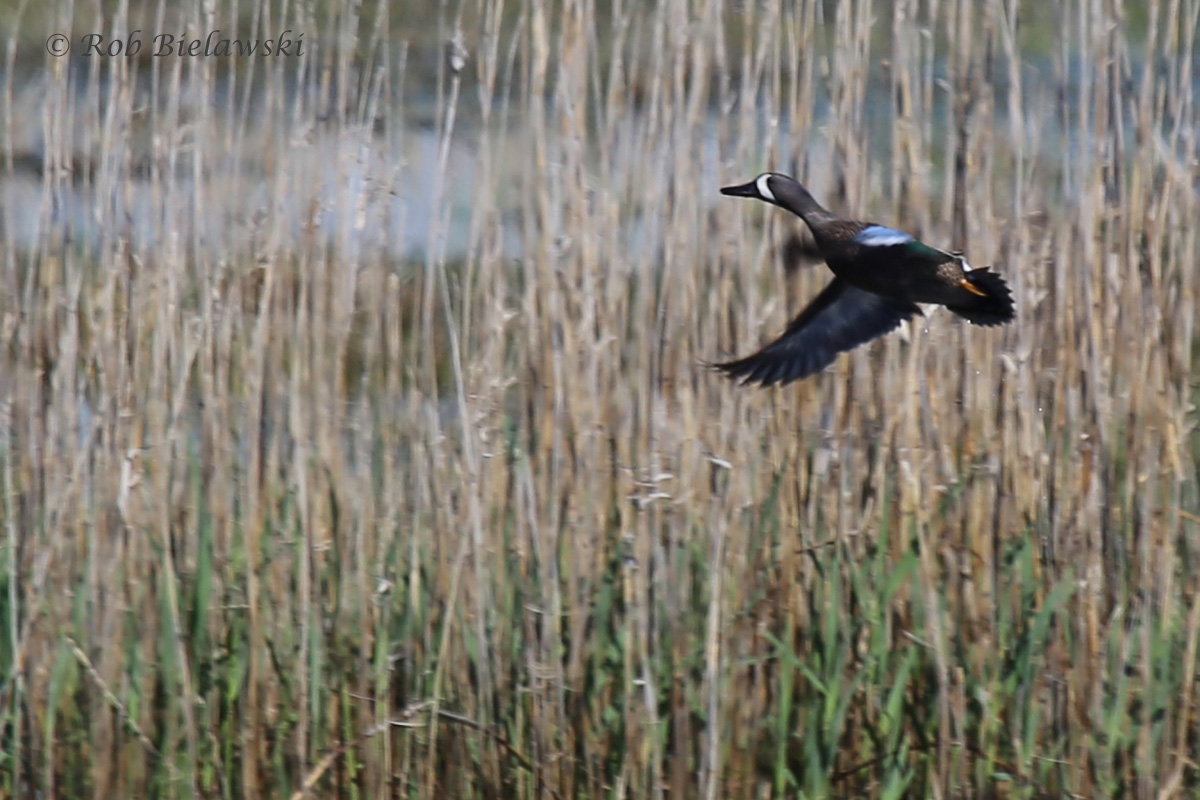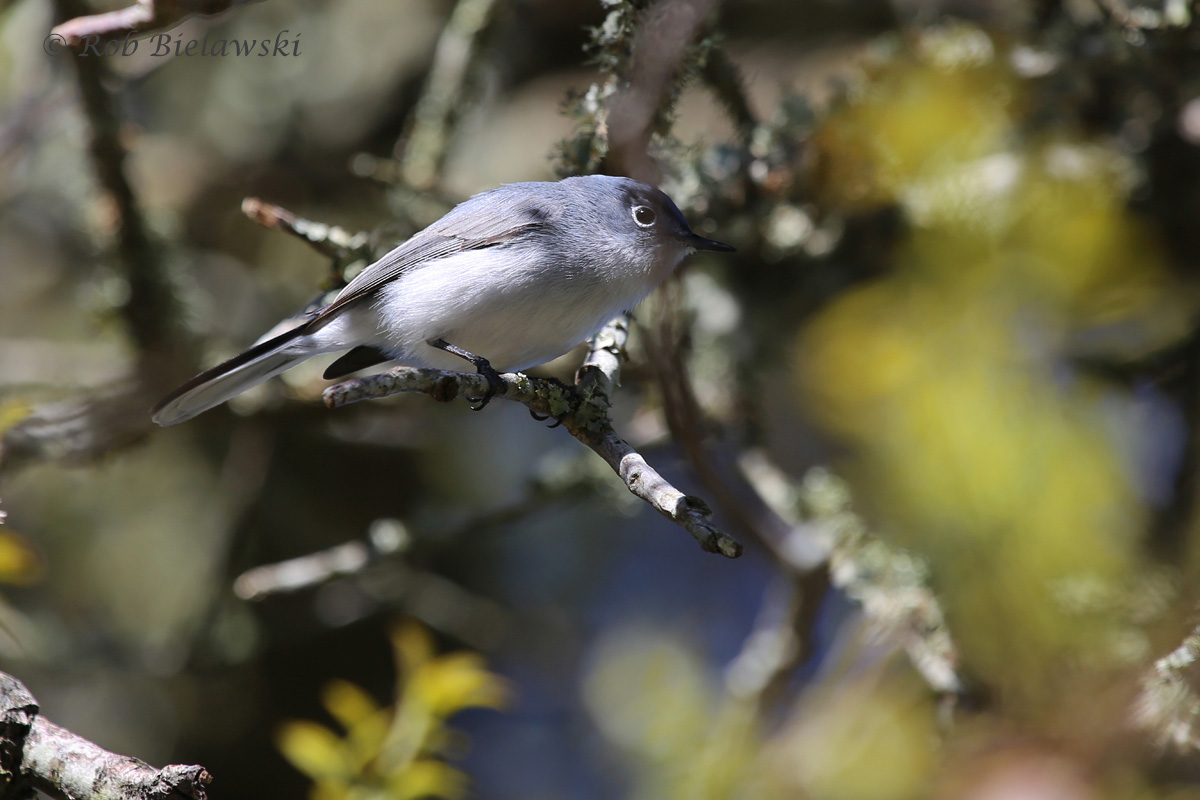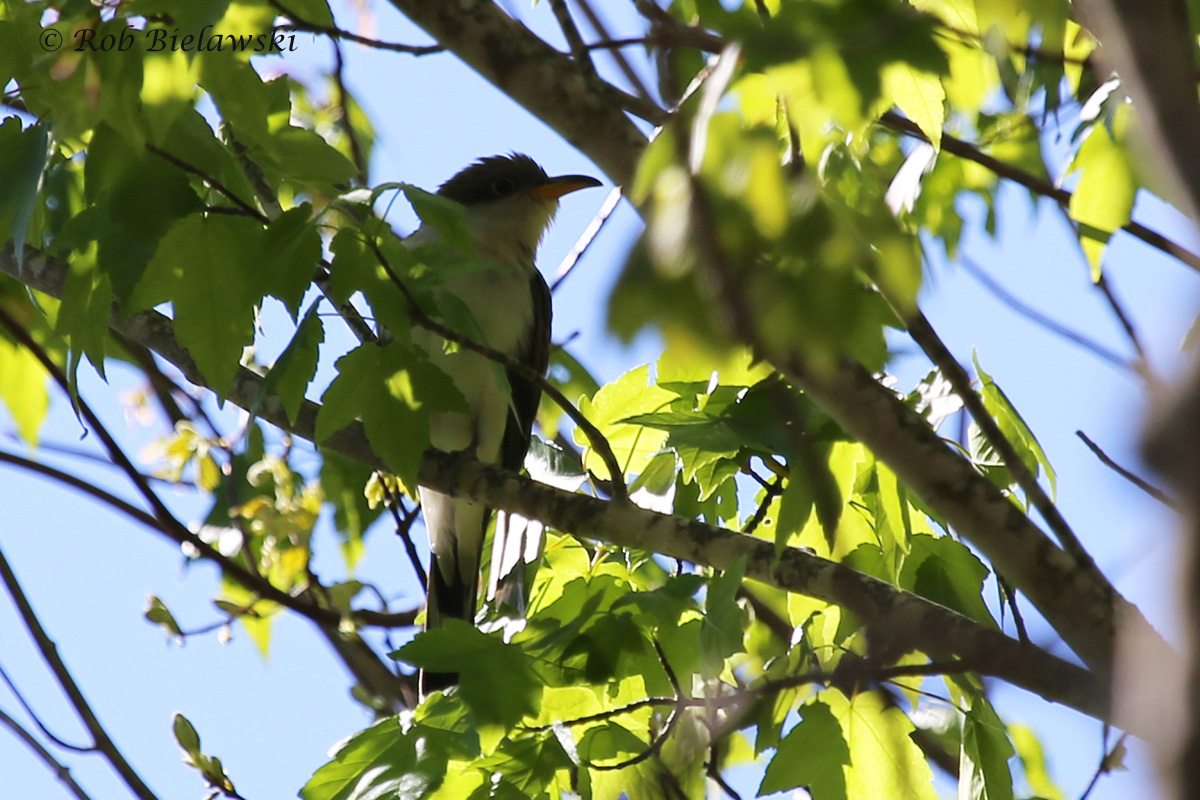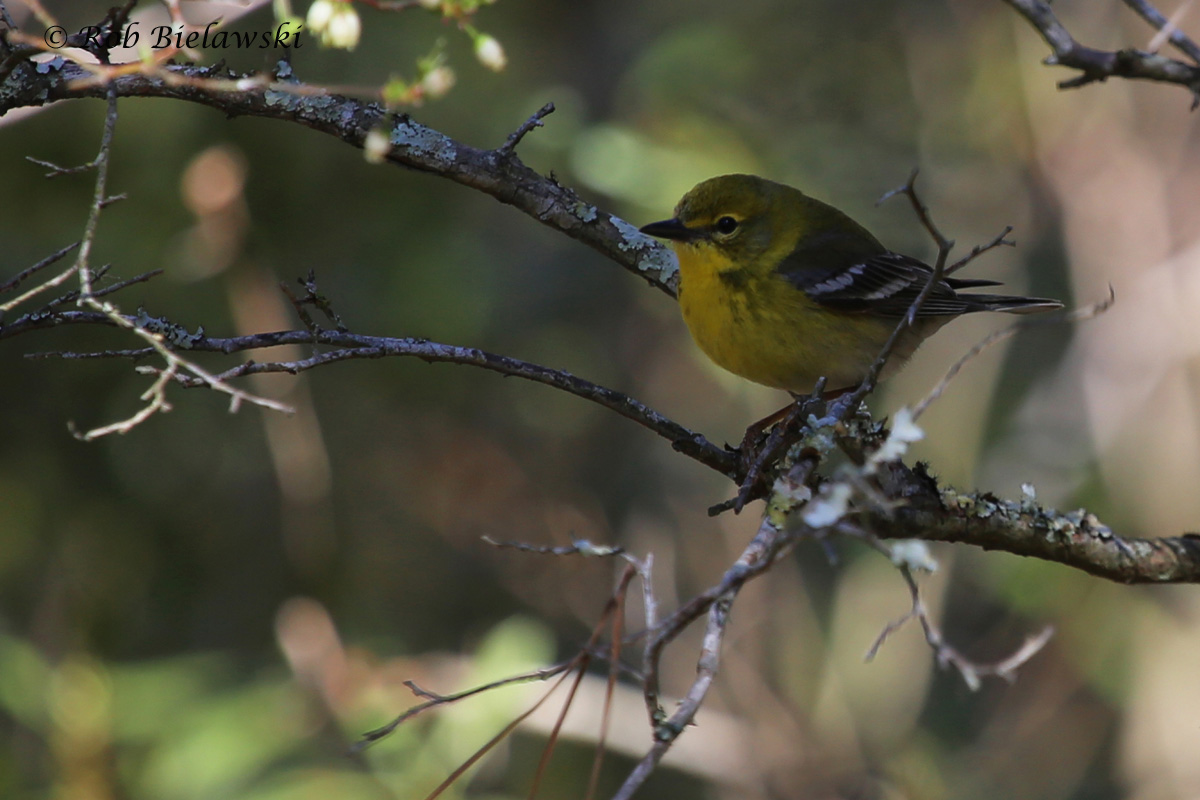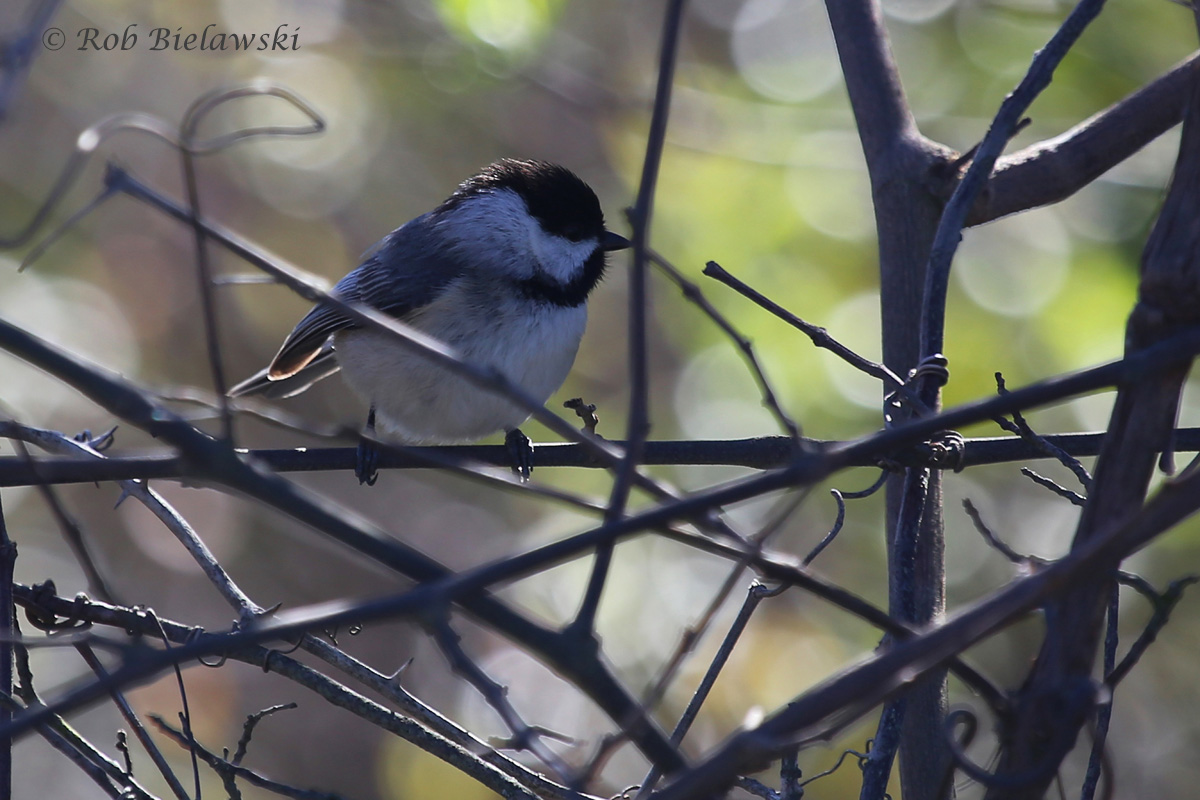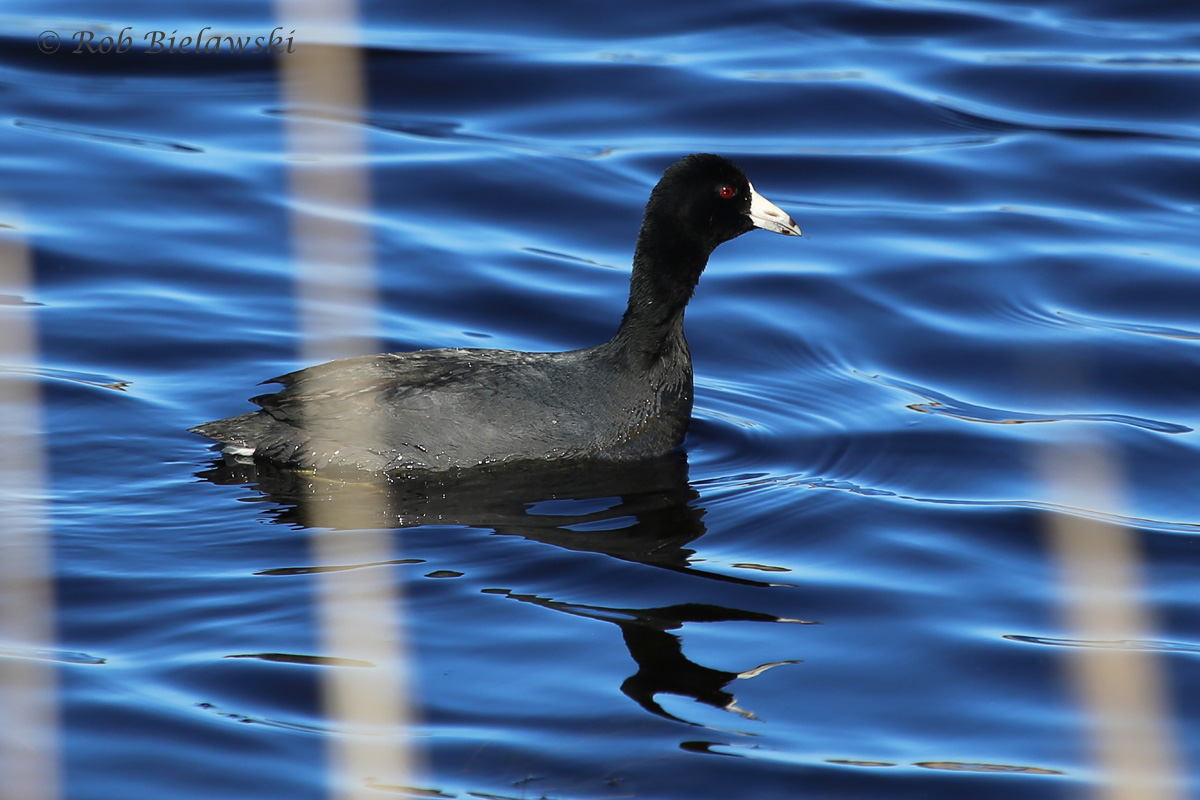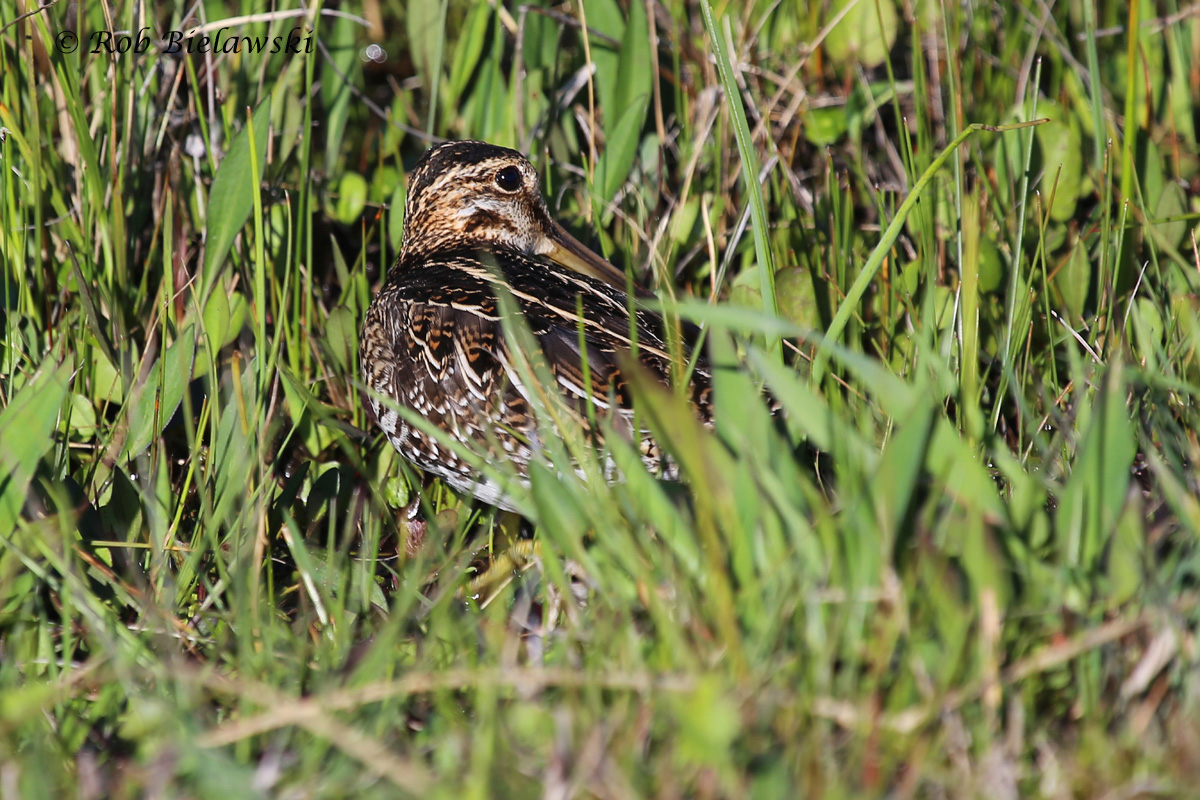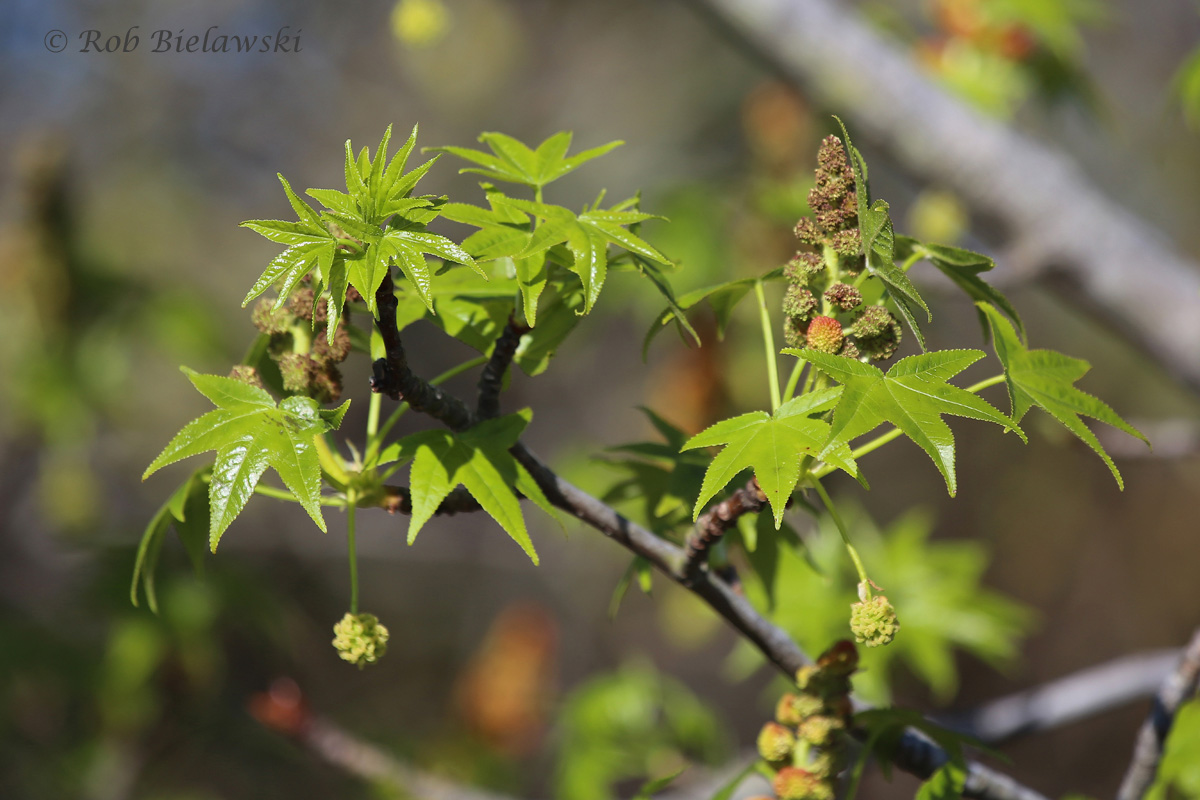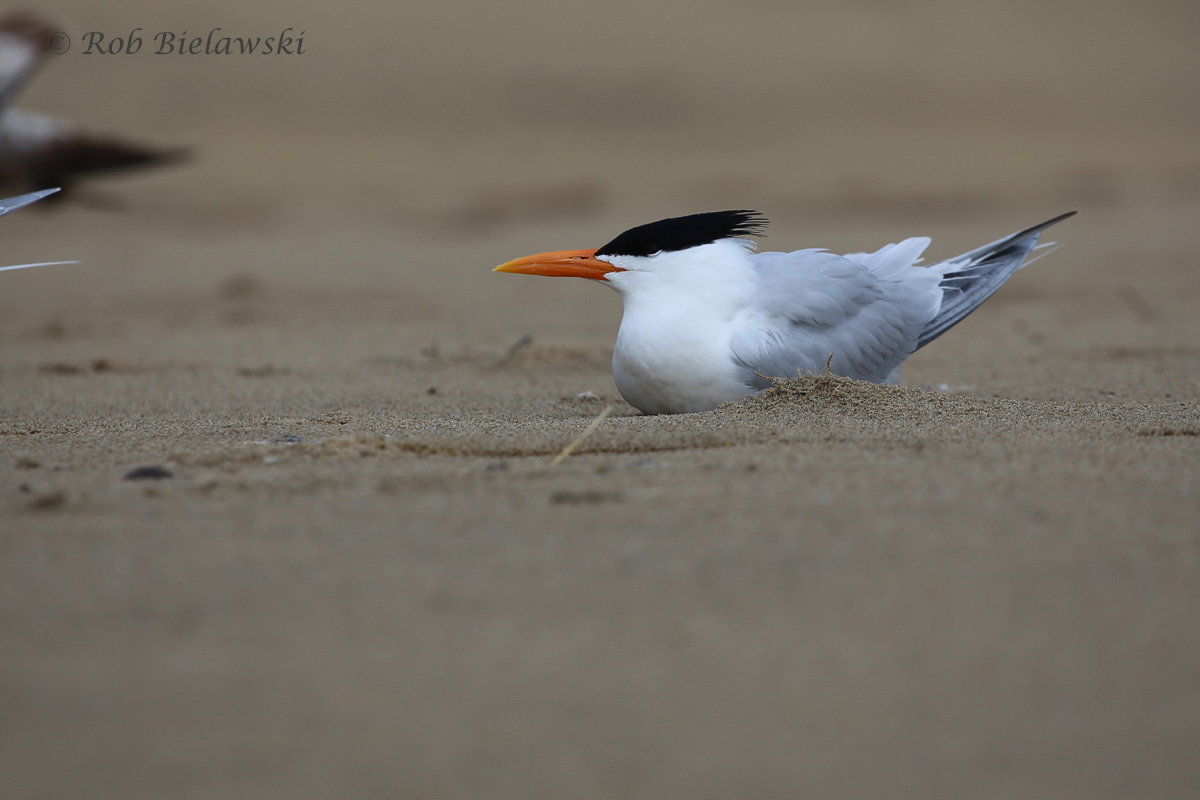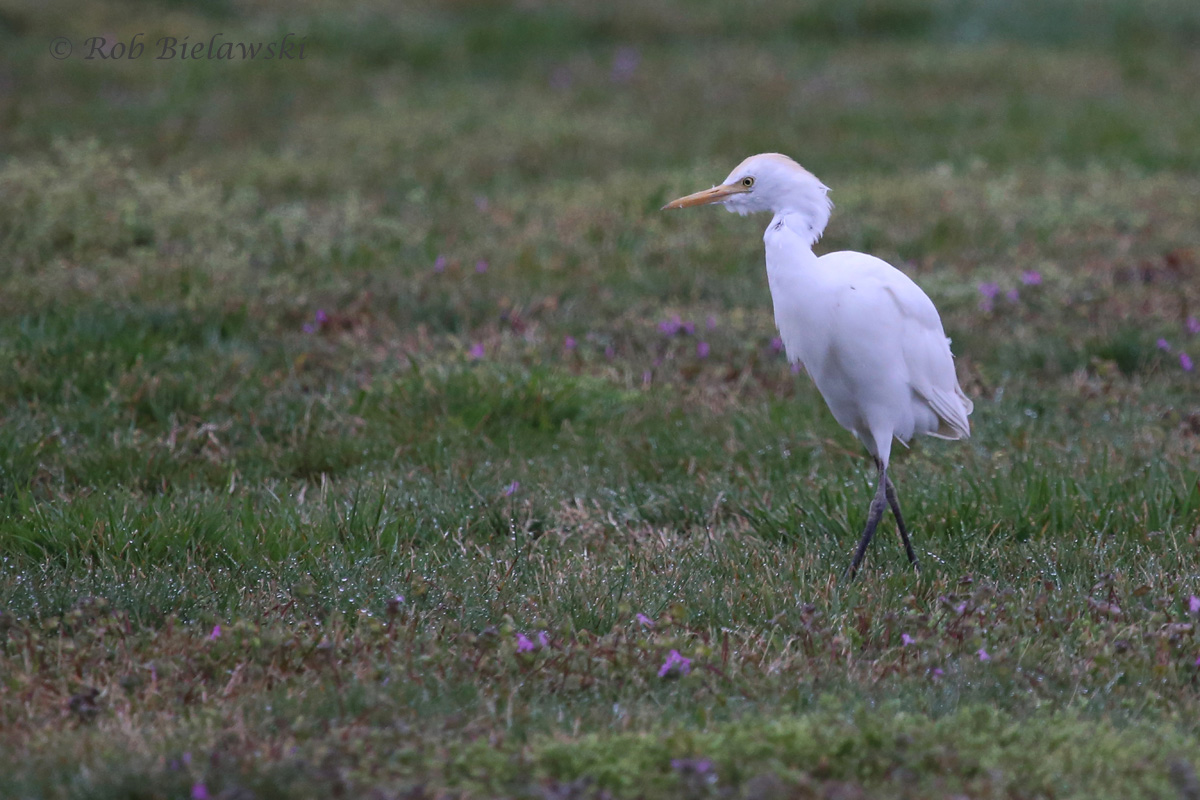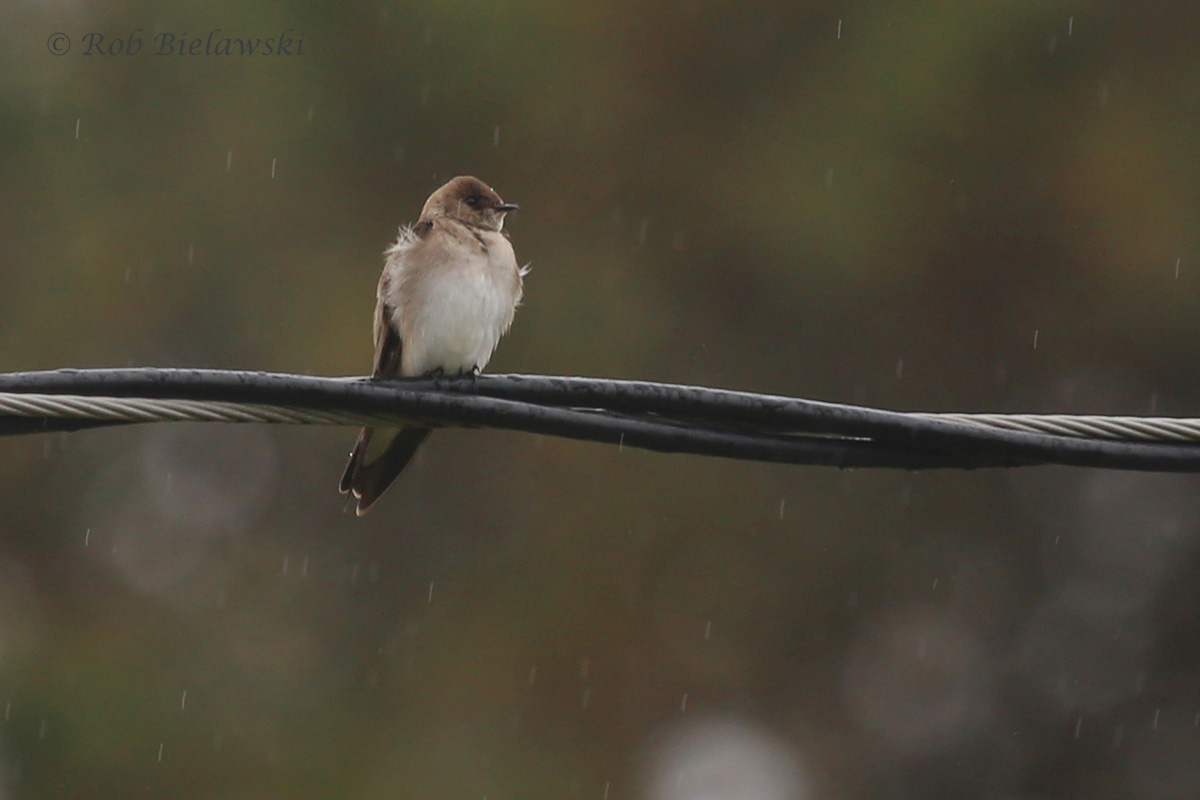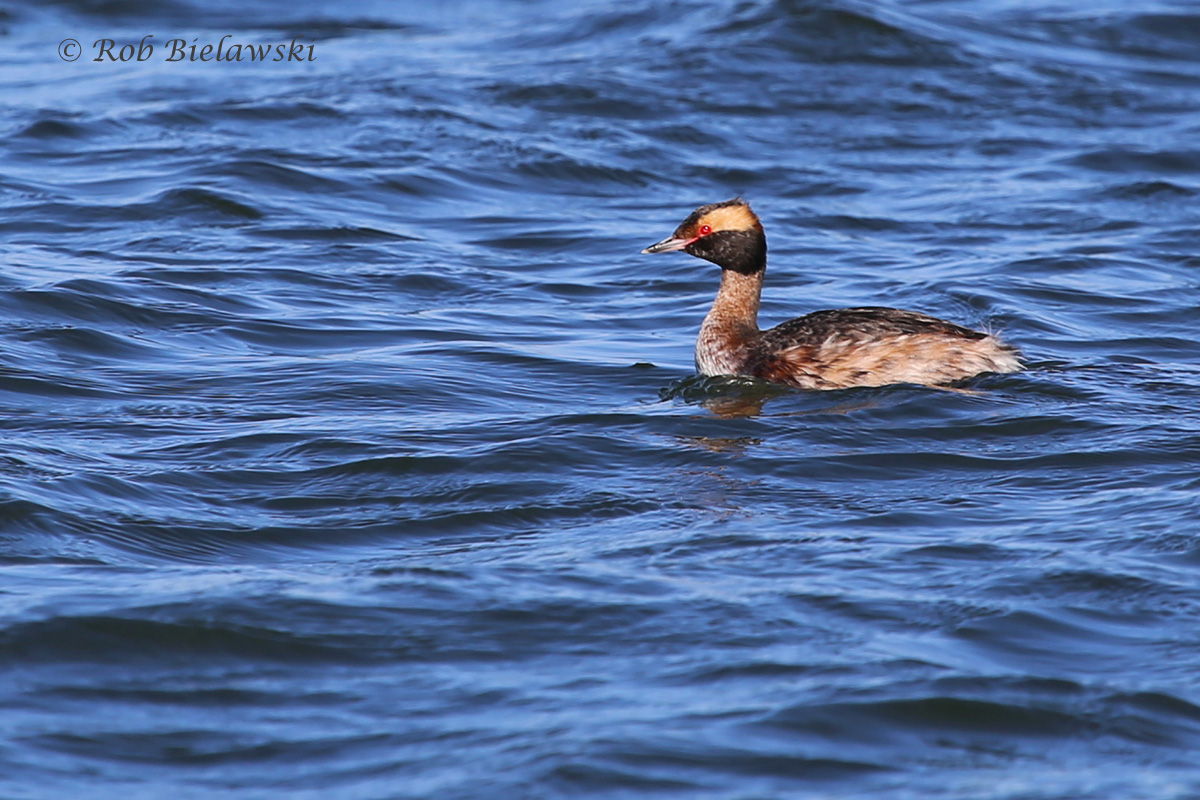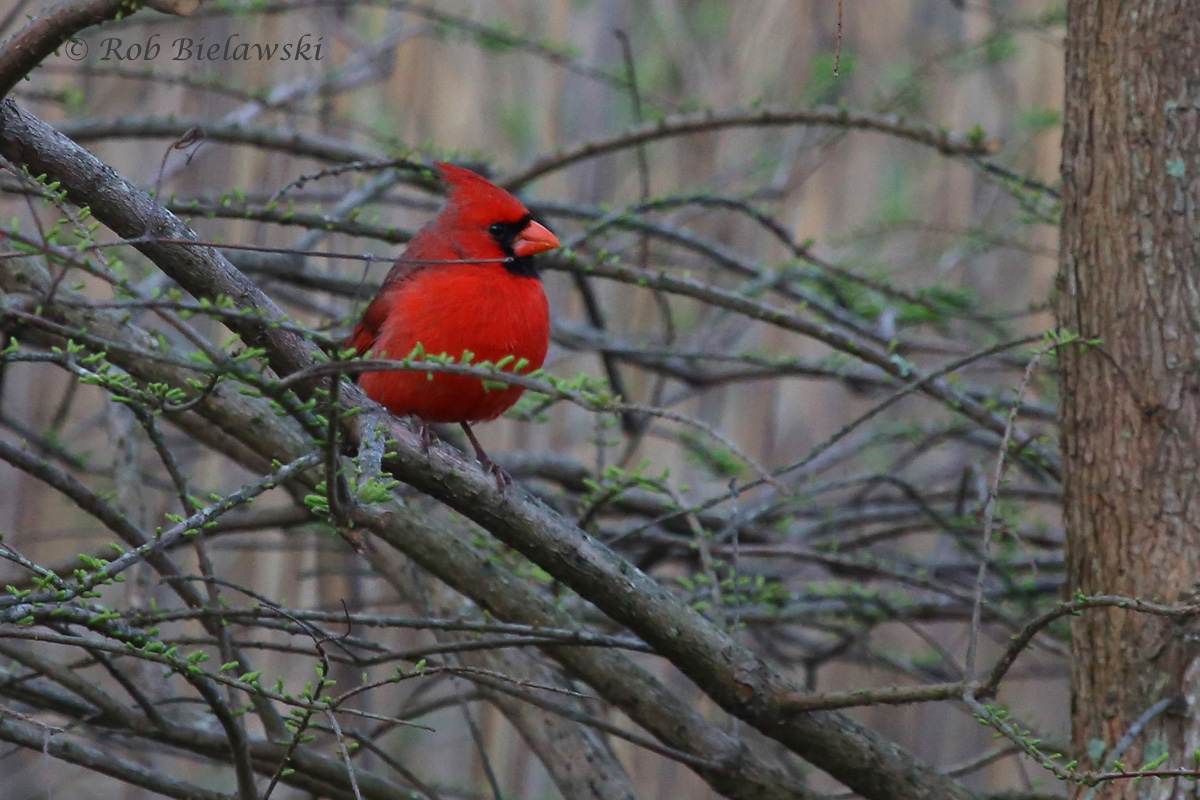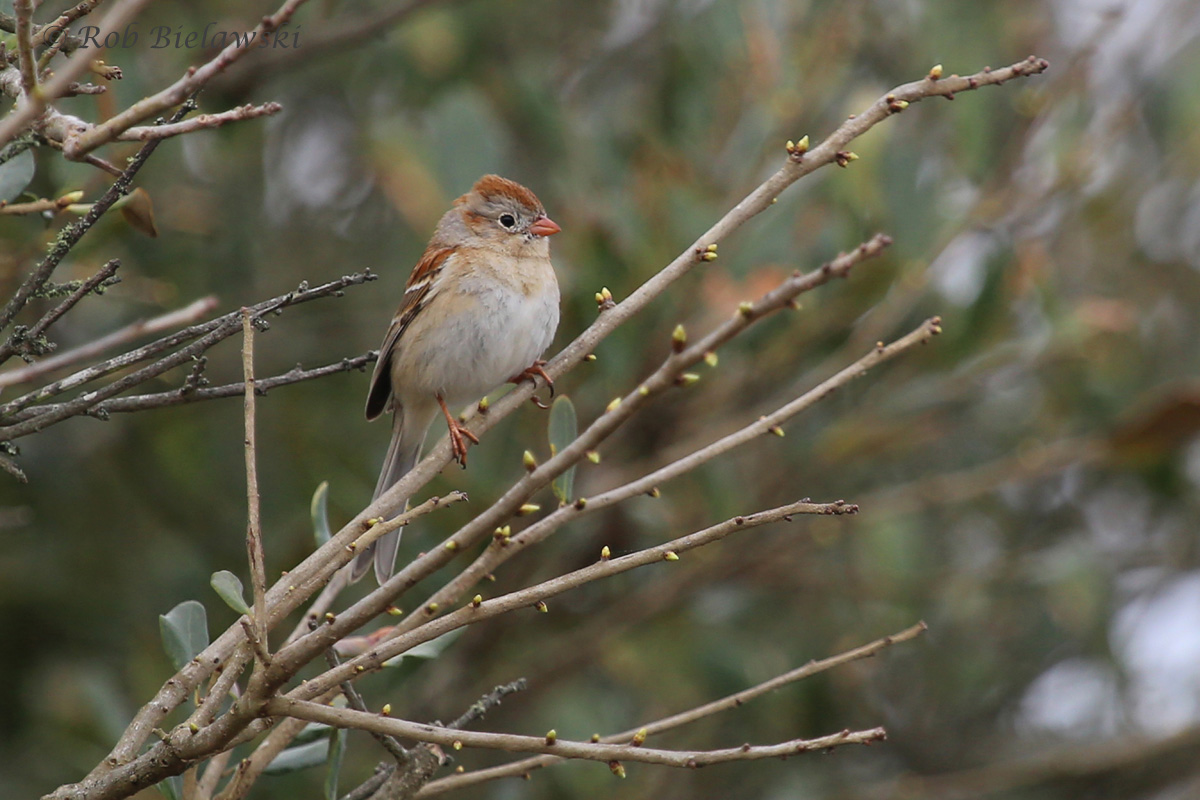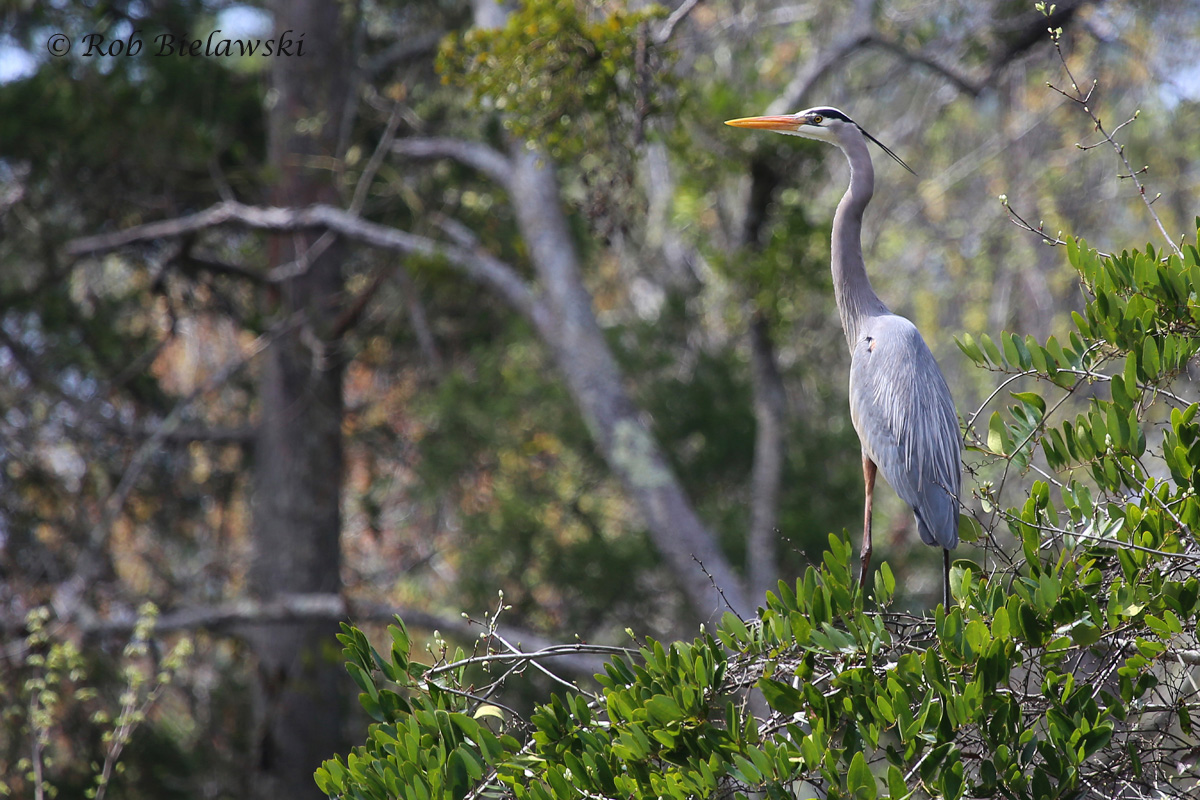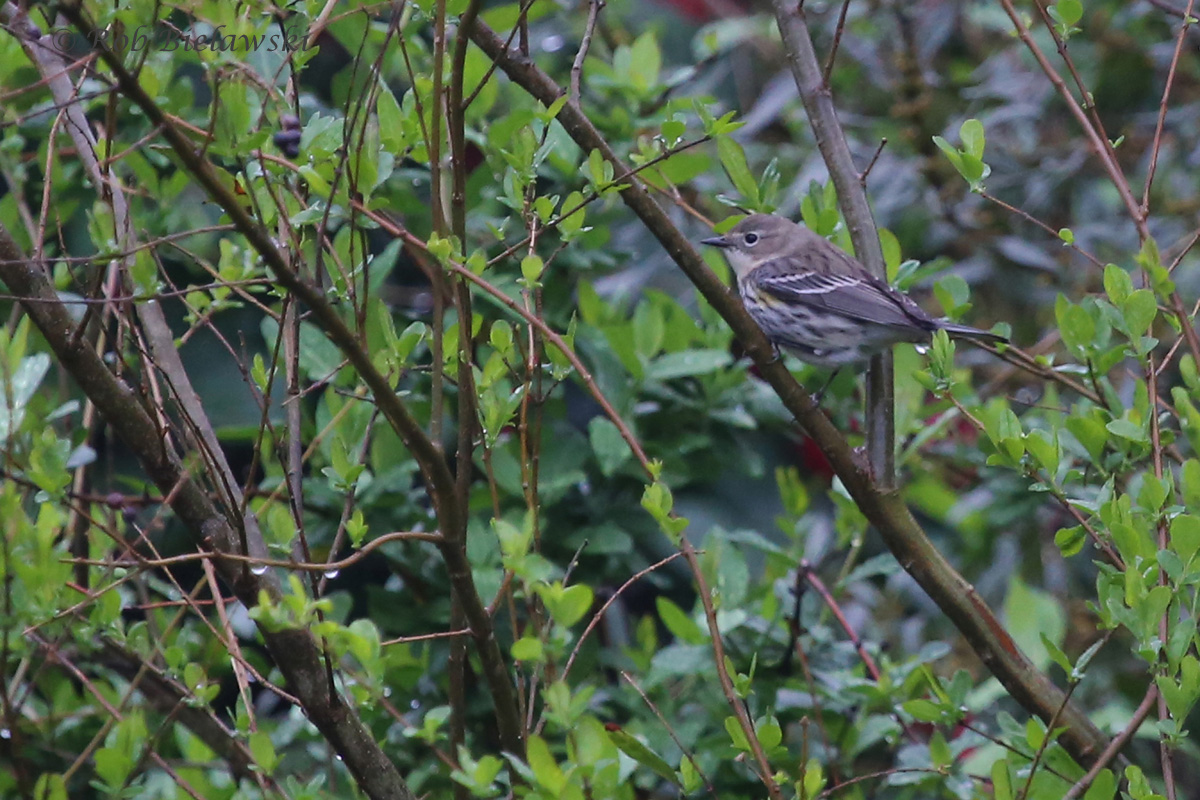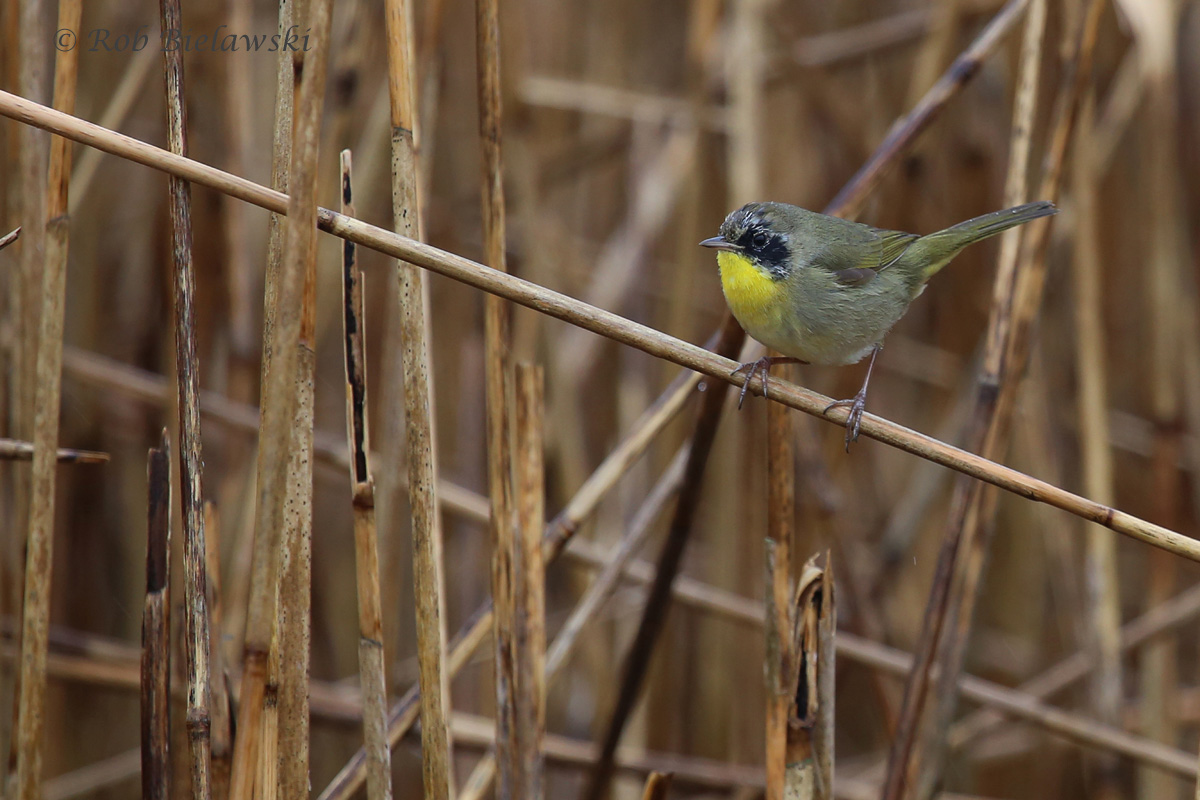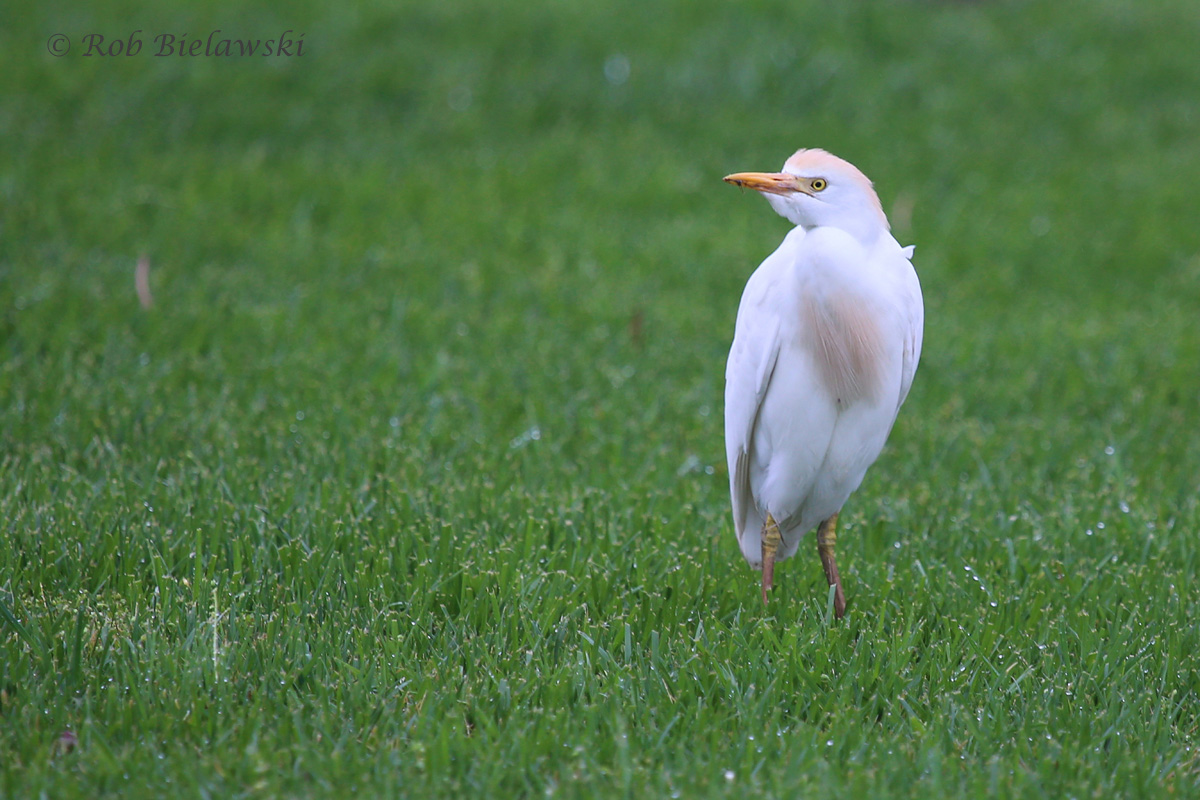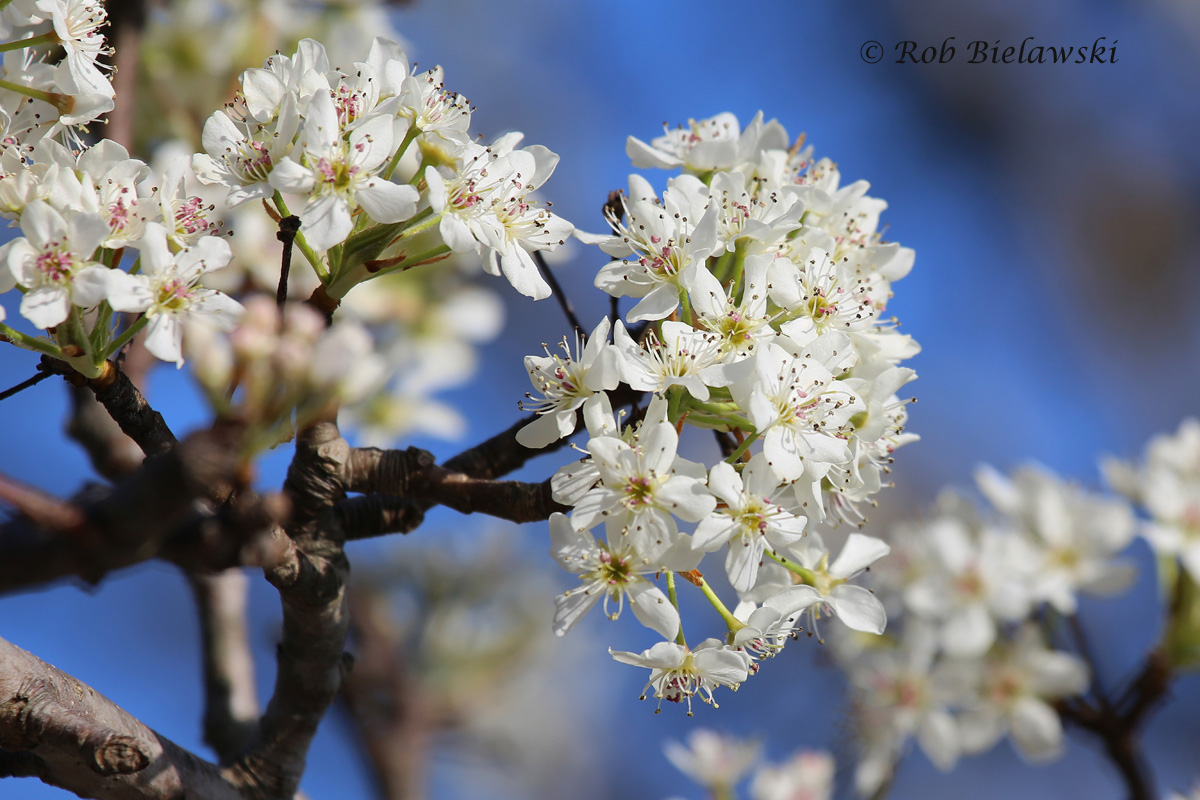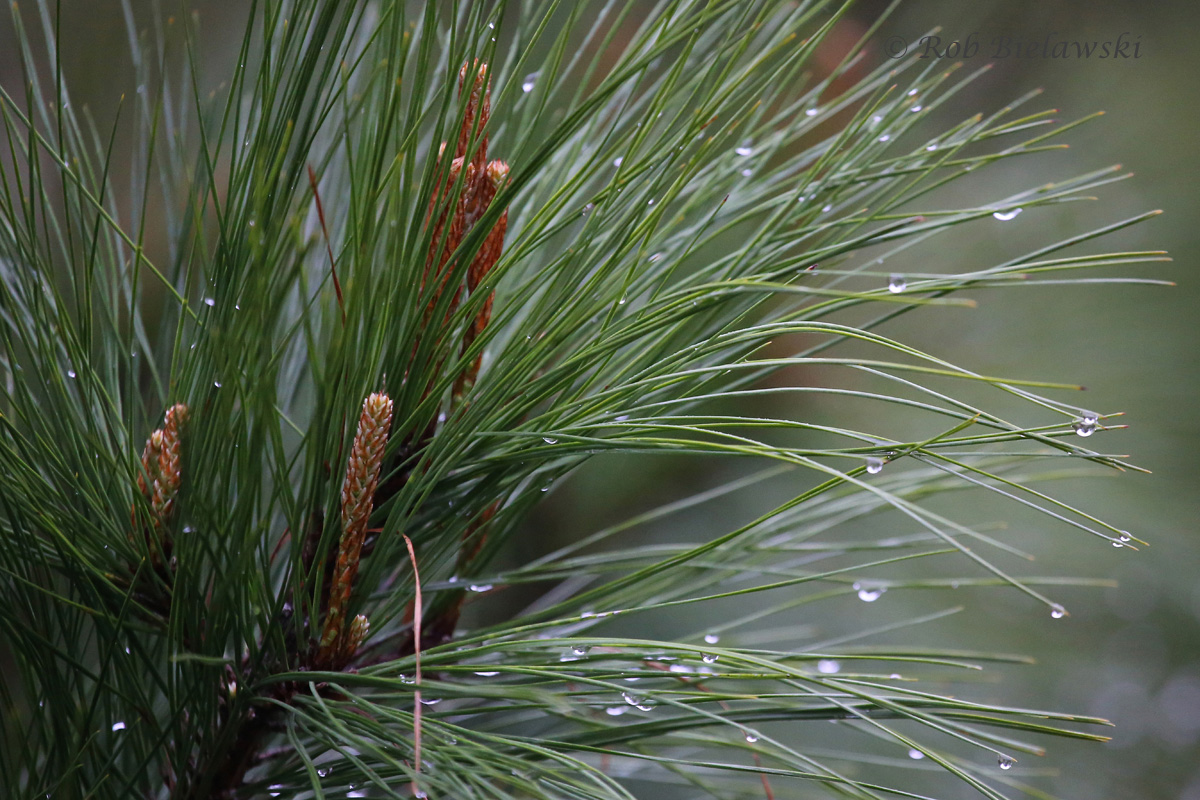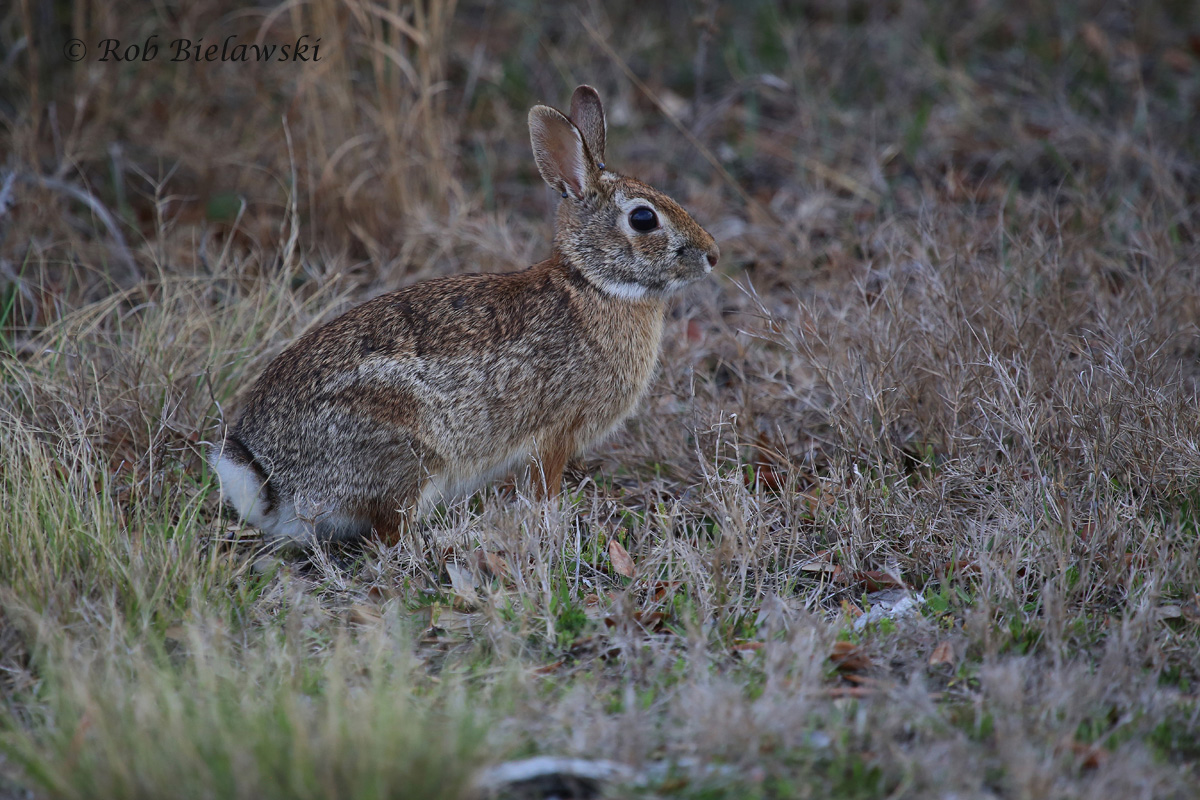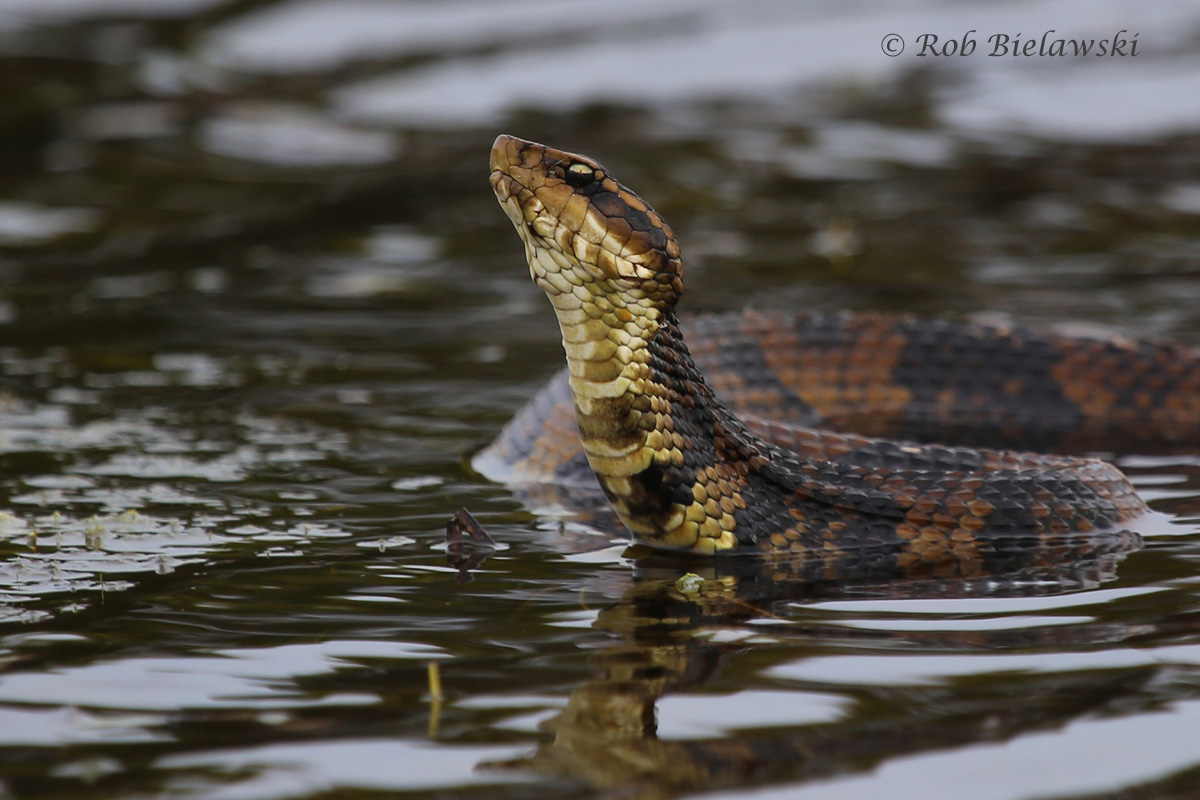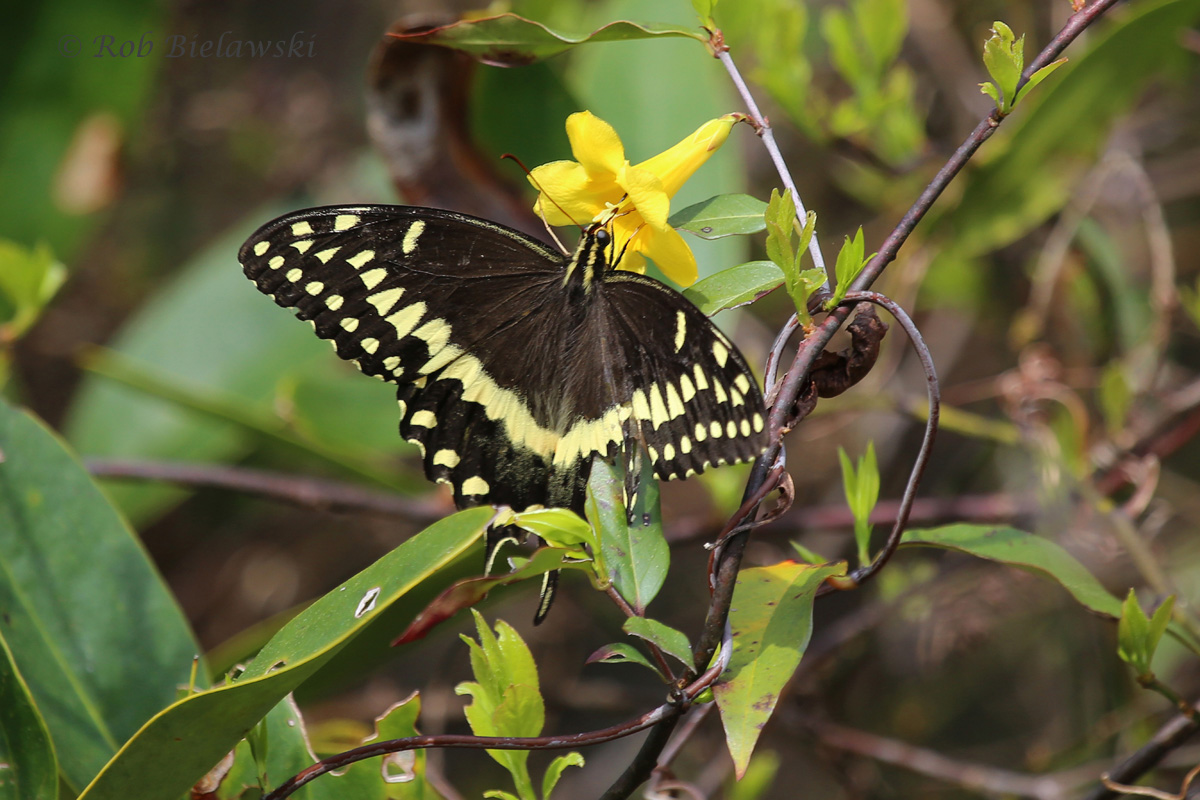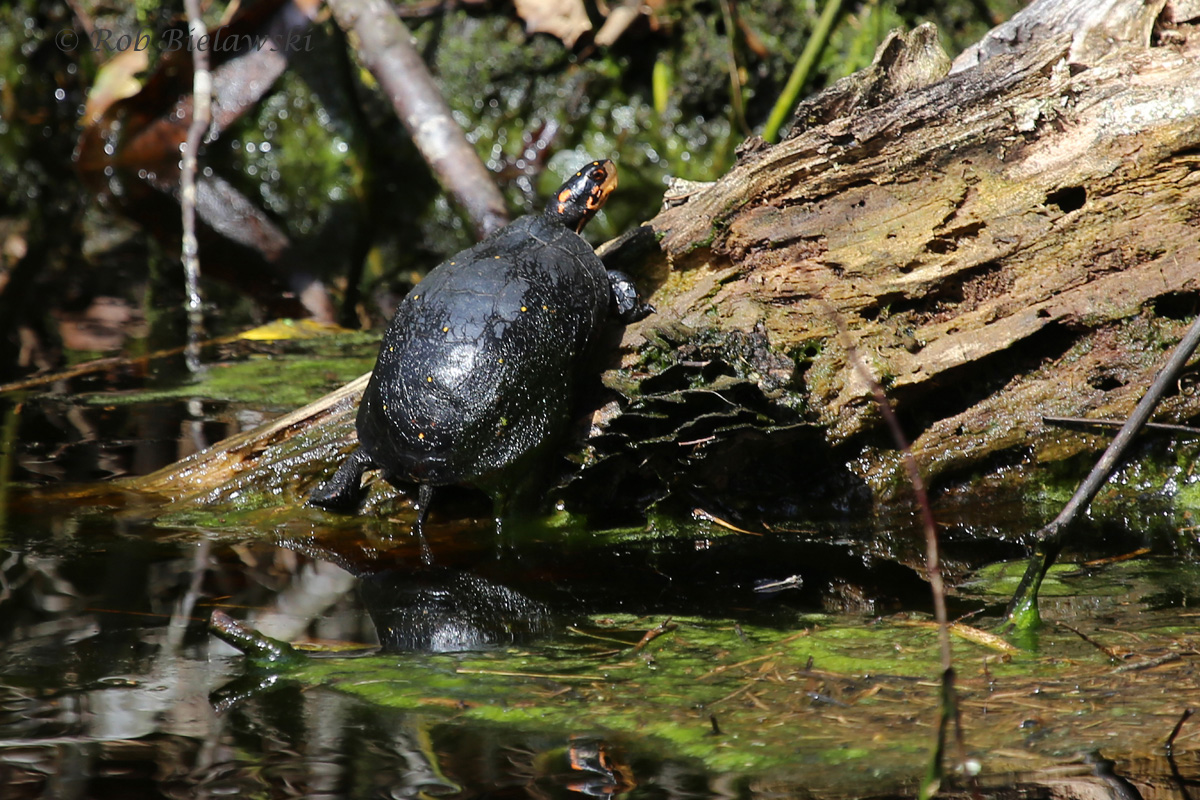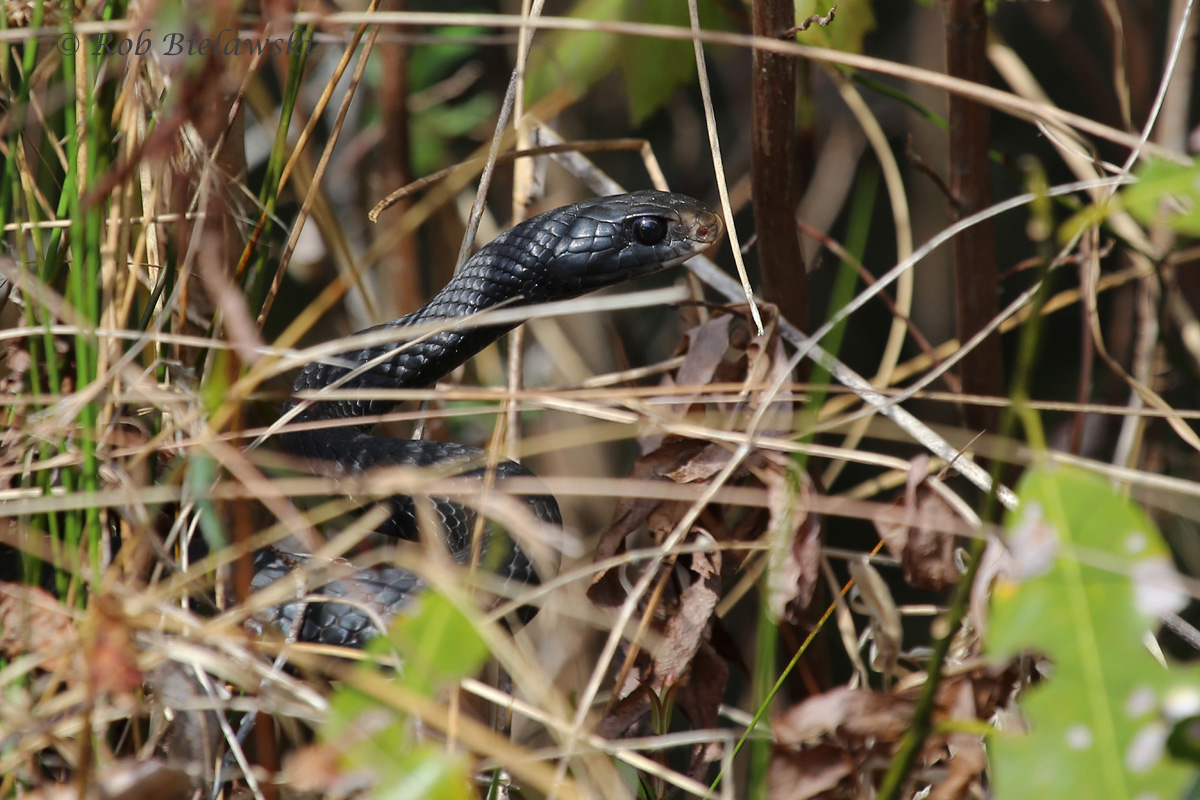Week Ending April 17, 2016
/Cool and windy weather persisted for a second straight week here in Virginia Beach as the first half of April came to a close. Temperatures remained quite consistent with those from last week with an average daily high temperature of 64.9 degrees F (a minor 0.1 degree reduction from last week’s average); the average daytime lows rose a bit to 48.7 degrees F (a 2.7 degree increase). Only one of the seven days this week boasted rain, with totals on Tuesday (12 Apr) amounting to 0.4 inches. As with last week, winds this week remained a deterrent to spring songbird movement, as strong northerlies made it tough for the smaller species to fly against. The average daily maximum sustained windspeed was 20.7 mph, with maximum gusts of 32 mph occurring on Monday, Wednesday & Sunday! However, just like last week, despite these conditions, birders across the region did manage to find some new year-species, and Virginia Beach’s first-of-season (FOS) arrivals this week included: American Redstart & Eastern Kingbird (12 Apr / Tracy Tate / Burroughs Road), Common Tern & Whimbrel (13 Apr / Tracy Tate & Andrew Baldelli / 85th Street Beach), Louisiana Waterthrush (13 Apr / Richard Fischer / First Landing State Park), Semipalmated Sandpiper (15 Apr / Bob Ake & Rebecca Walawender / Back Bay NWR), and Red-eyed Vireo (17 Apr / Rob Bielawski / Stumpy Lake Natural Area). For those who might not have noticed, I insert links above to all eBird reports that include photographs of the species of interest being described. For the reports that don’t have photographs, I simply list the species information, so if you want to have links in this report to your eBird checklists, make sure to add photographs of the species of importance. For a second straight week, no true rarities were observed in Virginia Beach. Most of the eBird flags that got set off were related to winter resident species that have just stayed a bit late (Golden-crowned Kinglet, Yellow-bellied Sapsucker, Winter Wren & Brown Creeper), and the remainder of the flags were of earlier than expected spring arrivals (American Redstart, Whimbrel & Semipalmated Sandpiper). A pair of Louisiana Waterthrushes were observed this week (13 Apr / Richard Fischer / First Landing State Park) and a Yellow-throated Warbler at Stumpy Lake Natural Area provided several observations from 14-17 Apr, and while both species are expected here this time of year (one being a transient, the other a summer resident), each has somehow managed quite well to elude eBirders based on the limited data for these species in Virginia Beach. Waterfowl numbers have certainly begun dropping off across Virginia Beach, and a quick trip out to Princess Anne Wildlife Management Area on Sunday yielded 31 Blue-winged Teal, but no other non-permanent resident species were observed. Springtime of course is all about the songbirds though, and most folks were probably enjoying themselves with a good number of warblers and vireos now present in the area. Variety of these species, and also of shorebirds will only increase in the coming weeks.












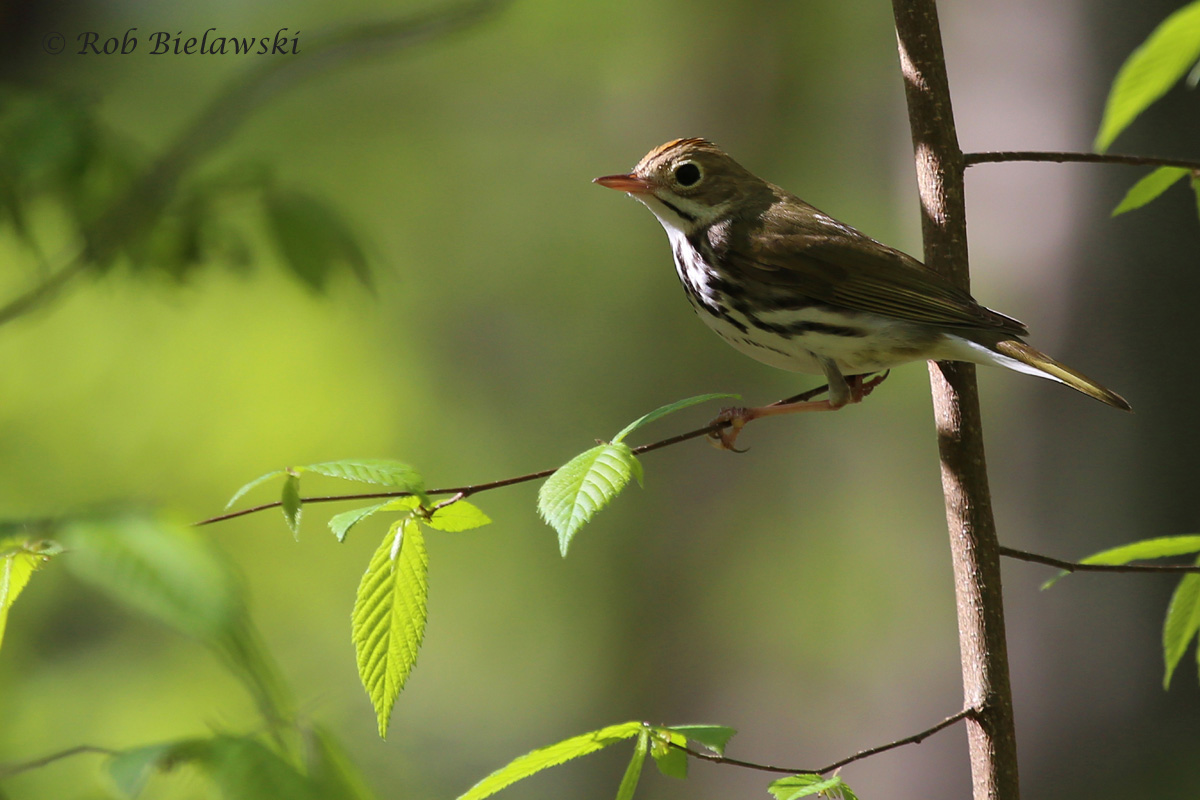
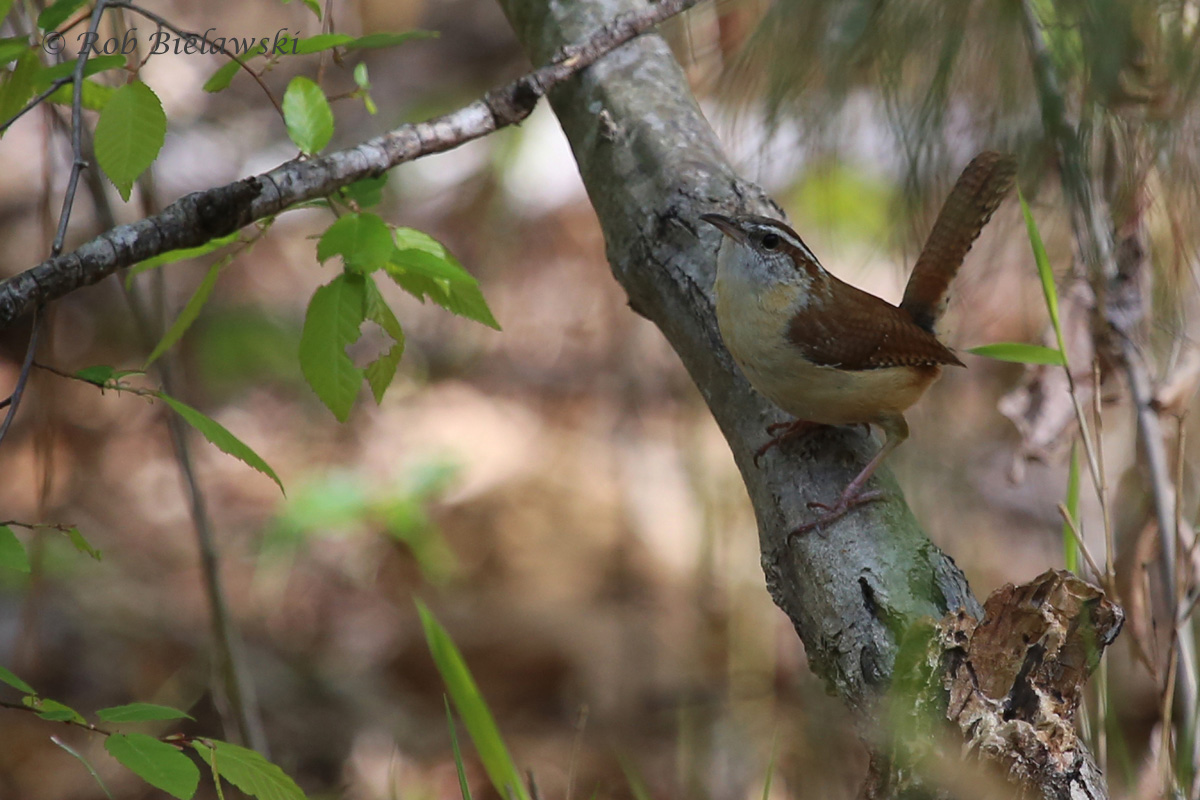



Around the Coastal Region (Hampton Roads, the Eastern Shore, and Poquoson) this week, some other interesting reports worth noting included a pretty late Black-headed Gull in Norfolk (observed 10 Apr but reported this week / James Fox & Jason Strickland / Oceanview) that is almost certainly the same bird observed by Arun Bose previously, an immature Iceland Gull in Portsmouth (14 Apr / Brian Taber / Craney Island Disposal Area), a very early (and first of year for Virginia) Orchard Oriole in Newport News (15 Apr / Terri Cuthriell / Newport News City Park), a first of year Sandwich Tern in Norfolk (15 Apr / Kim Harrell / Little Creek West Beach), a state first of year Yellow-breasted Chat in Chesapeake (16 Apr / Karen & Tom Beatty / Great Dismal Swamp NWR Canal Trail), a slew of heard Yellow-billed Cuckoo & Barred Owl reports from Great Dismal Swamp NWR in Suffolk on 16 Apr, a Virginia first of year Gull-billed Tern in Hampton (17 Apr / Grandview Nature Preserve), and a Black-throated Blue Warbler singing in Chesapeake (17 Apr / David Gibson / Great Dismal Swamp NWR Canal Trail). Painted Buntings continued to visit David Gibson’s private Chesapeake residence through 13 Apr, and a singing Swainson’s Warbler on the Washington Ditch at Great Dismal Swamp NWR in Suffolk afforded observations to many birders. The Swainson’s Warbler is typically the highlight for most folks who visit the swamp during springtime, being a species that is tough to come by anywhere else in Virginia. Two birding organizations held field trips to the swamp this week, with the Williamsburg Bird Club being guided by Bob Ake on the Washington Ditch and the Hampton Roads Bird Club venturing down Jericho Ditch. Some other nice finds at the swamp included Hooded Warblers and Louisiana Waterthrush, with quite a few other warbler species also being observed including Prairie, Prothonotary, Worm-eating, Black-and-white, Yellow-throated, Yellow-rumped, Pine, Ovenbird, Common Yellowthroat & Northern Parula. Large flocks of Rusty Blackbirds are also still being reported from the swamp. Back on the coast, plenty of Whimbrel have been reported as well this week, particularly from Willis Wharf in Northampton County, but with a few individuals also observed migrating north along the coast in both Hampton & Virginia Beach. For those who are interested in keeping up with the regional reports on a more frequent basis, I have set up a self-updating listing for each of the counties/cities in the coastal region. This can be found Here! As to what is expected across the region as far as new springtime arrivals go during the next week, I would hope that Yellow Warblers, Blue Grosbeaks and Indigo Buntings are all observed.

